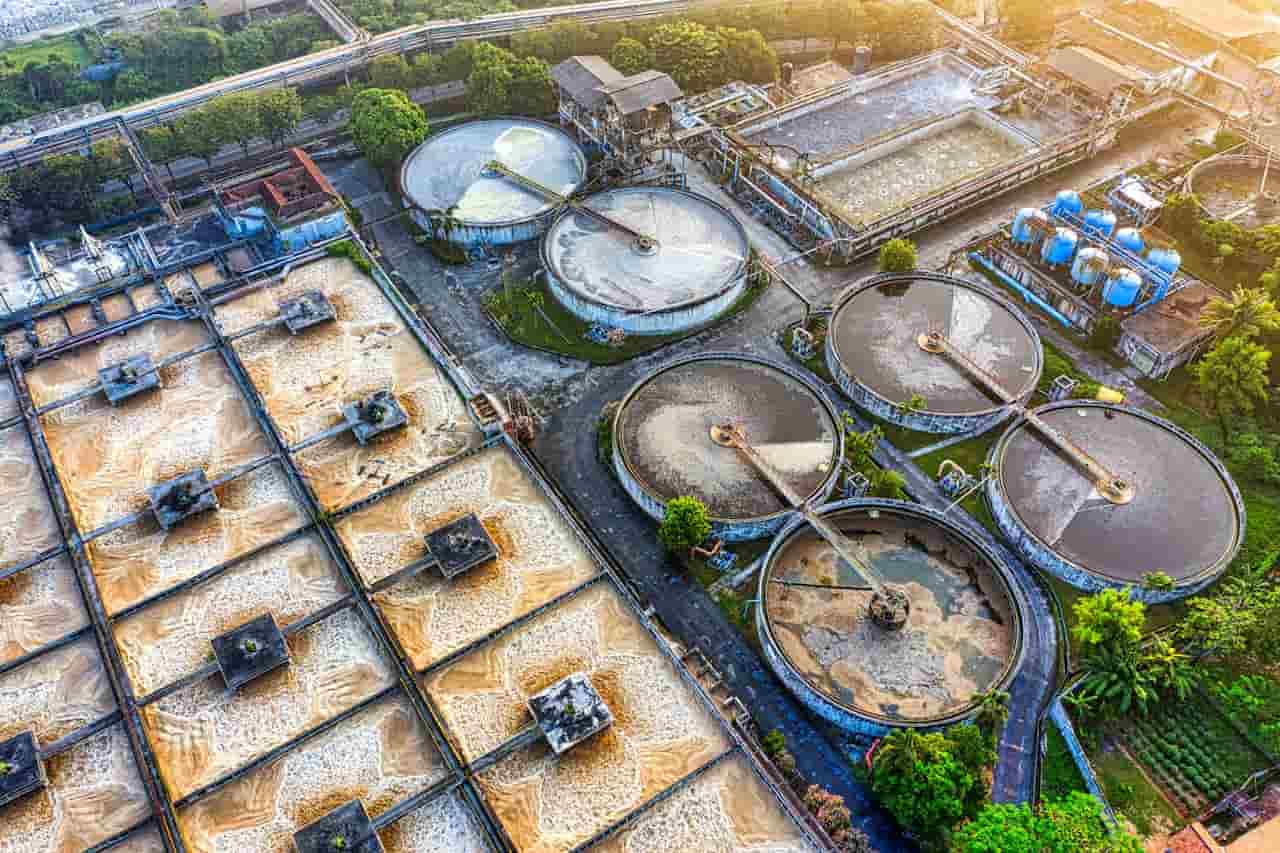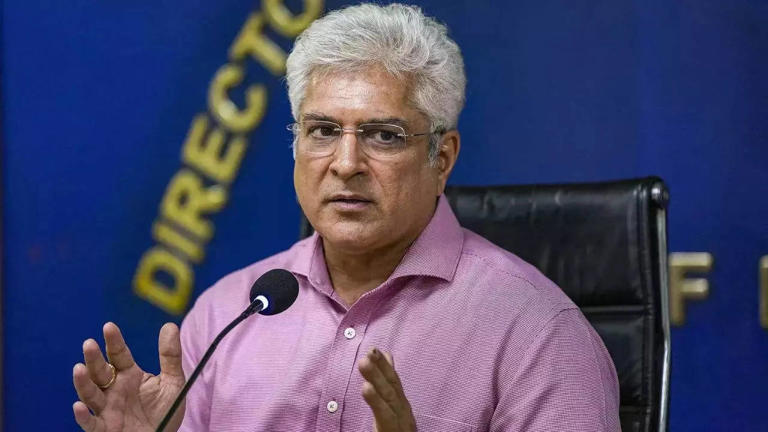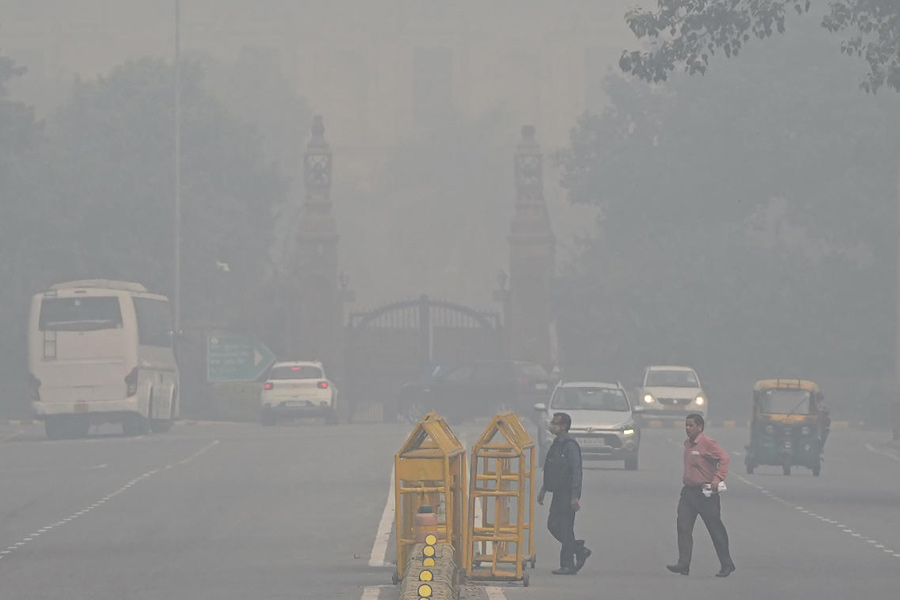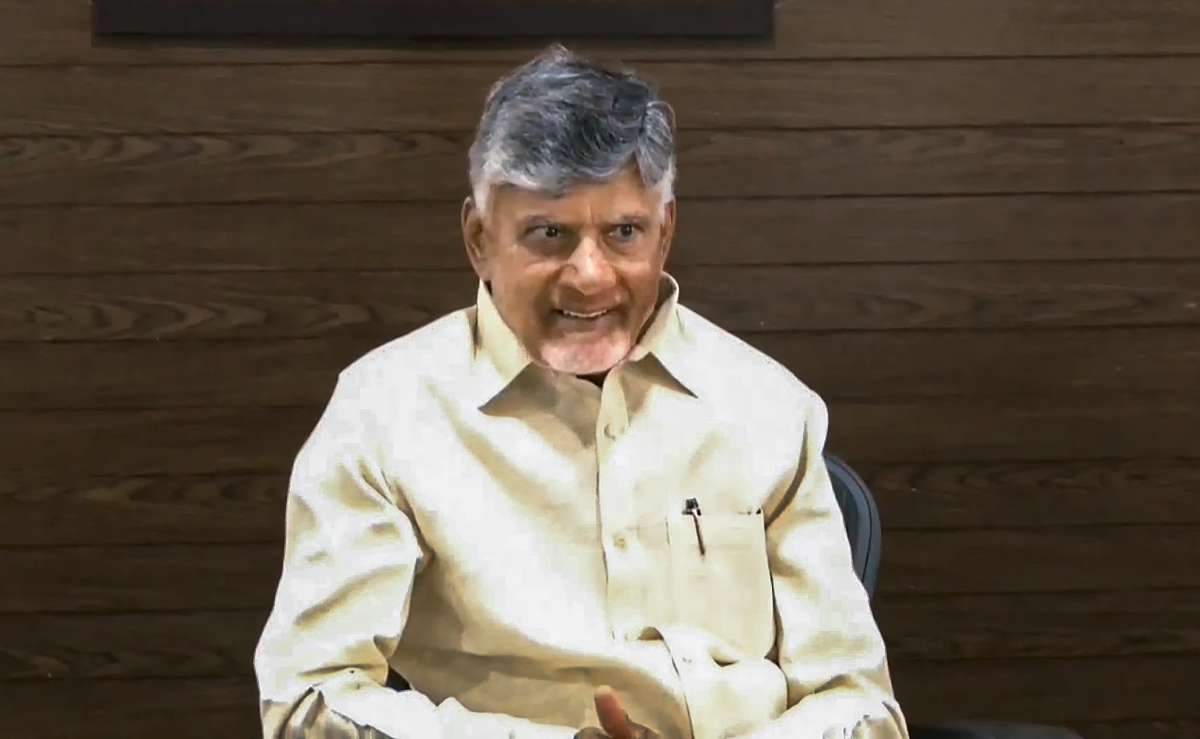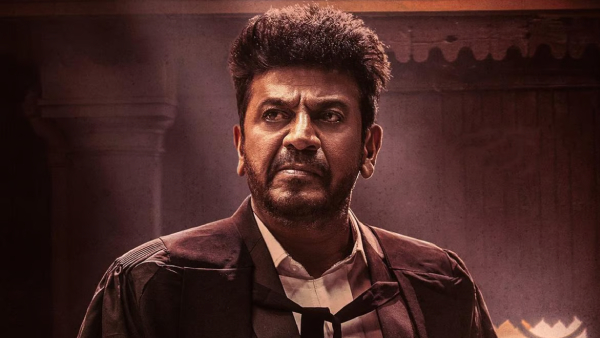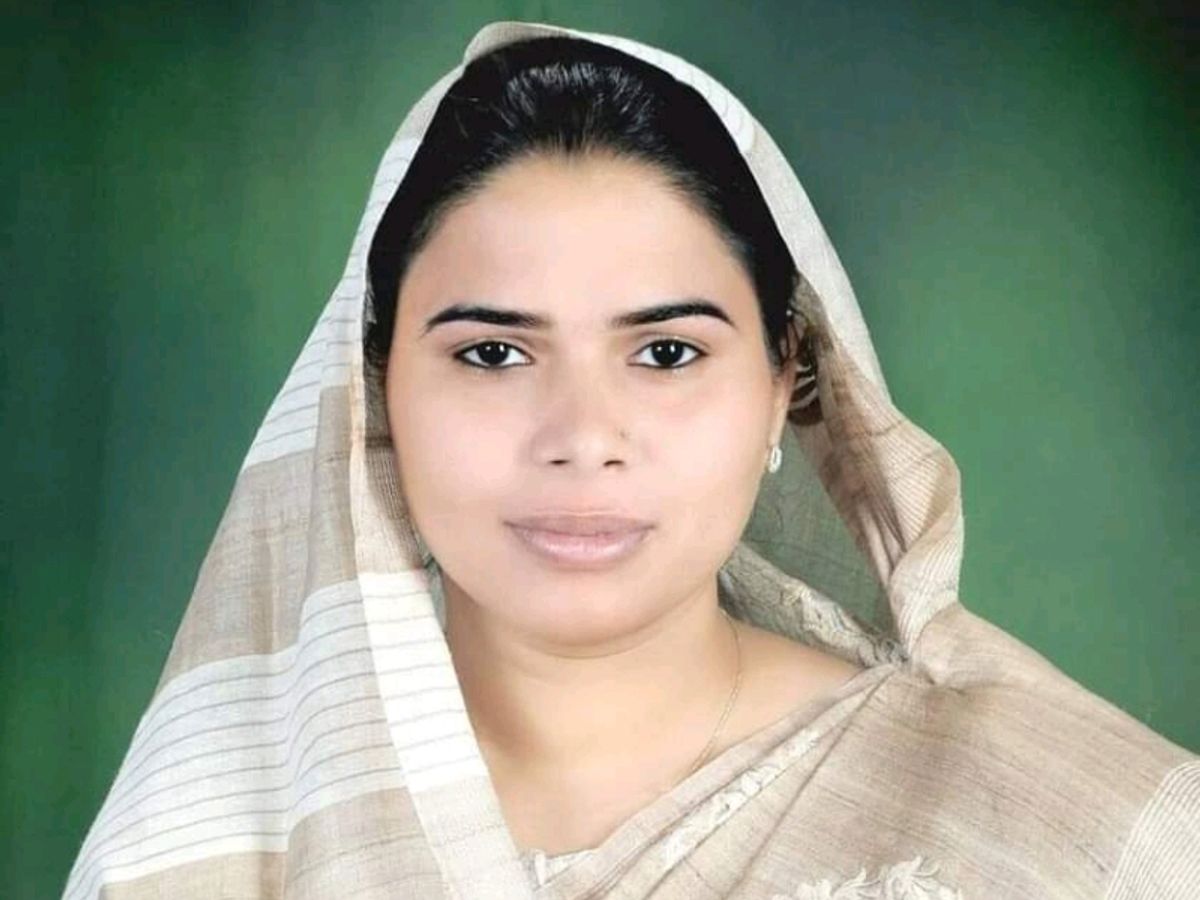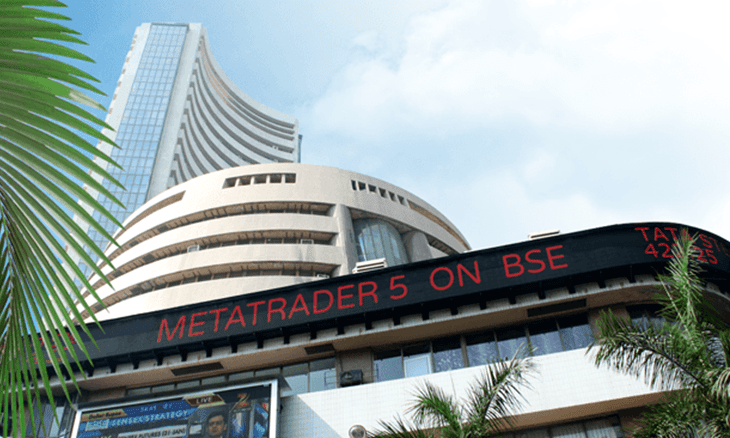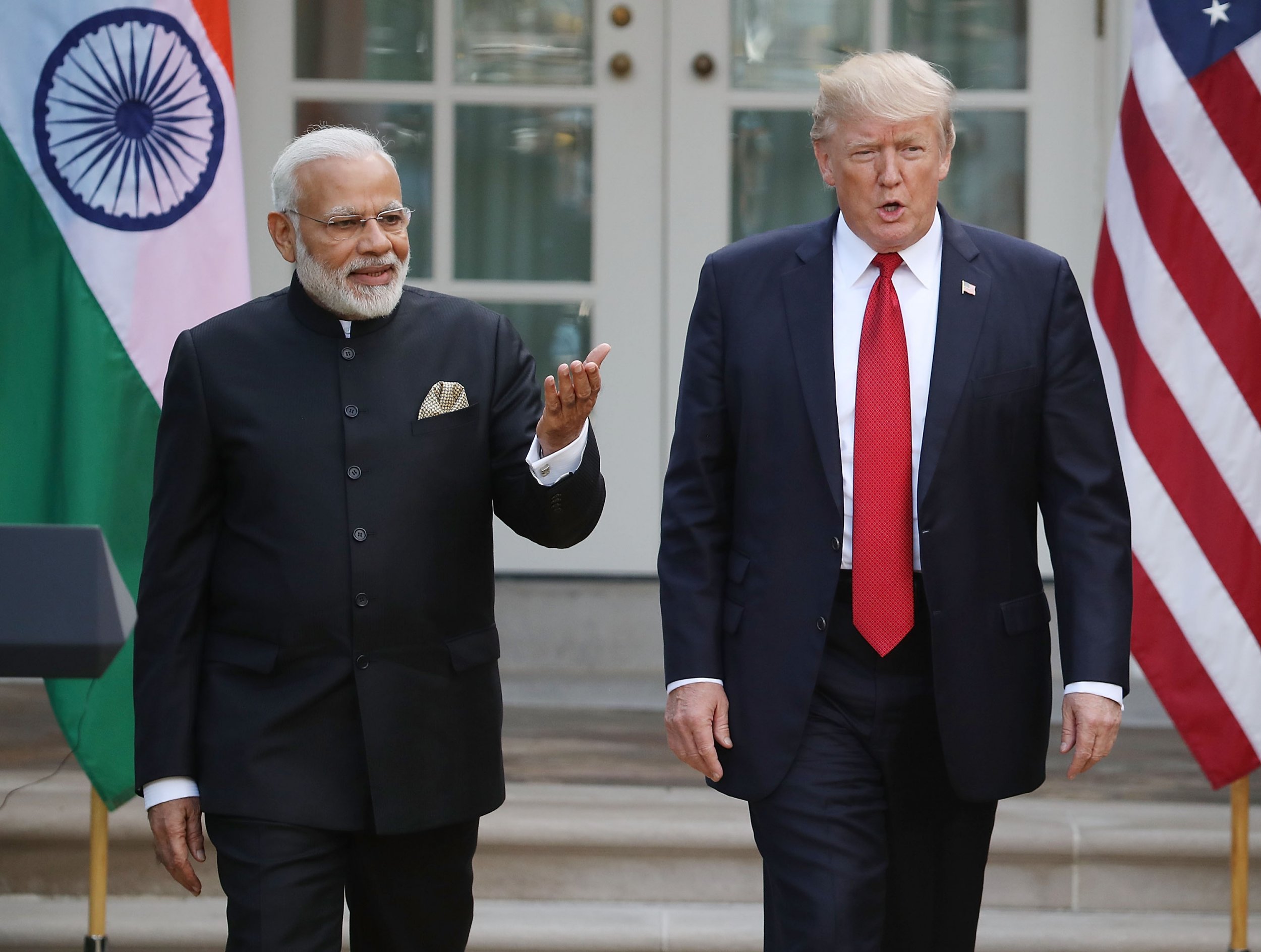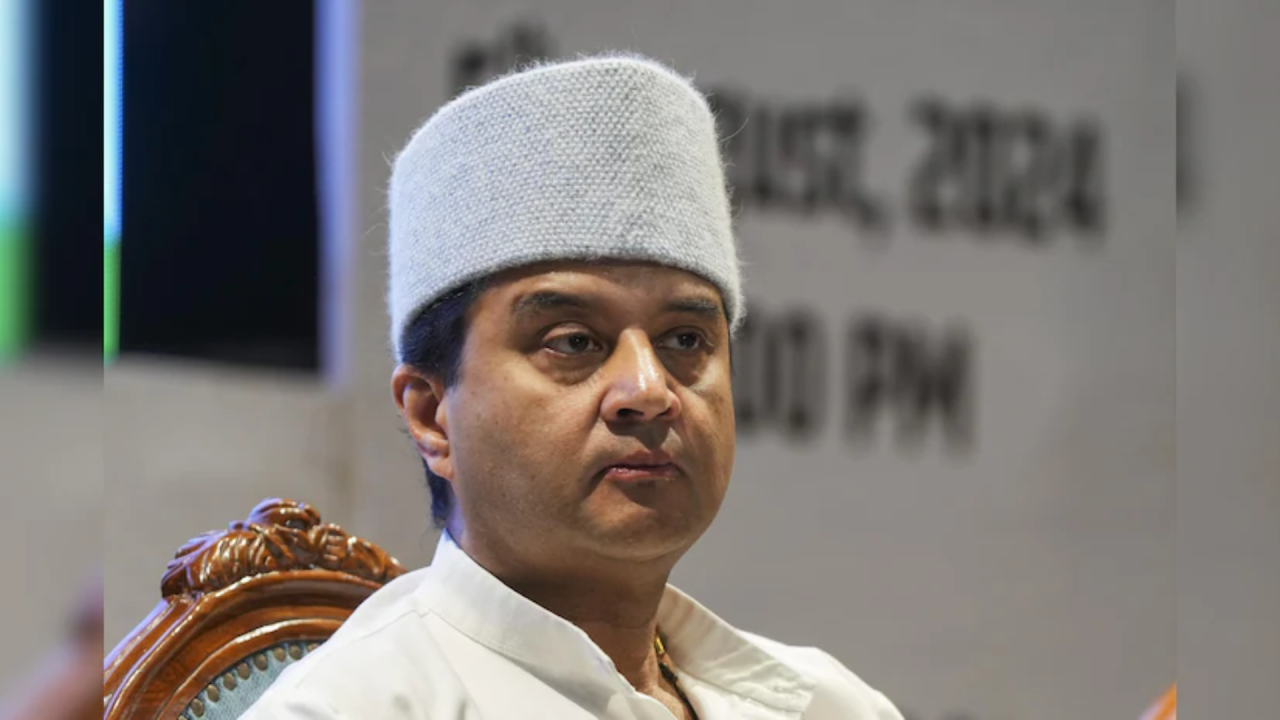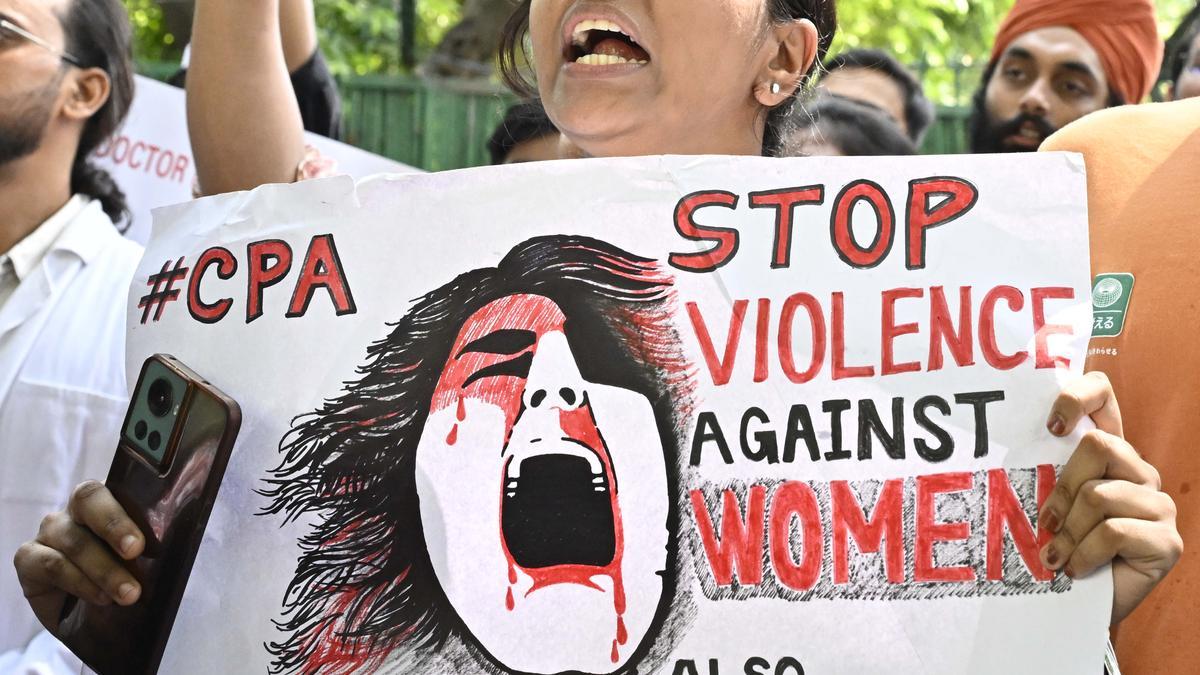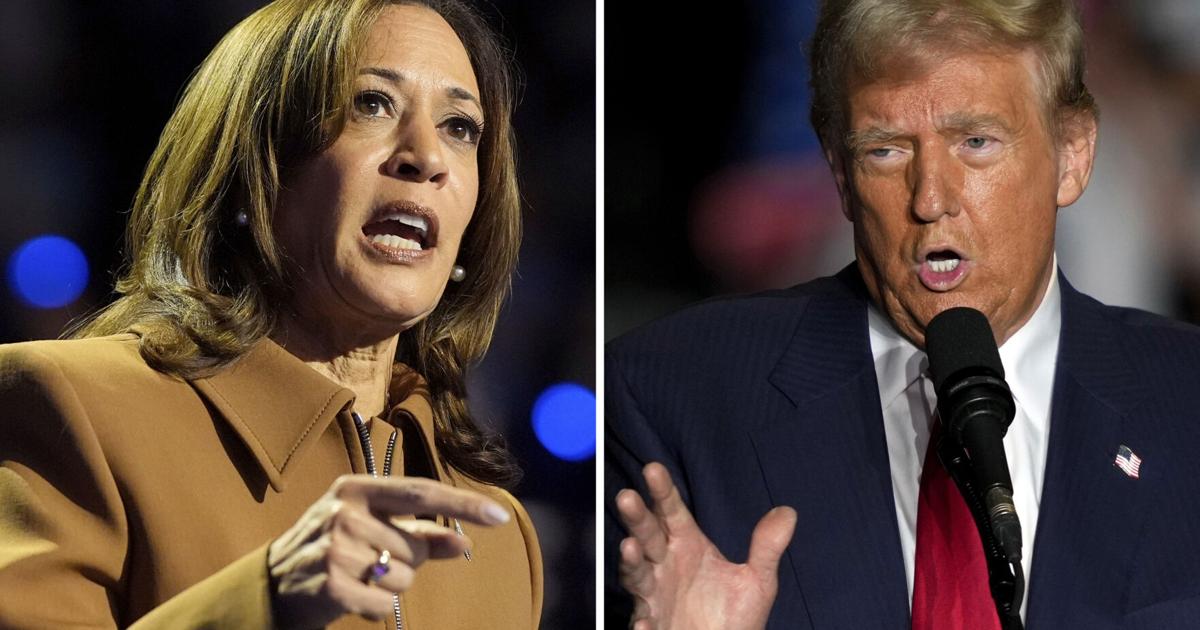Home / others-cities / Centuries-Old Temple in Varanasi Sparks Demand for Reopening, Worship Rights Highlighted
Centuries-Old Temple in Varanasi Sparks Demand for Reopening, Worship Rights Highlighted
By: My India Times
3 minutes read 65Updated At: 2024-12-17

In a rising wave of demands across Uttar Pradesh to restore access to heritage temples, the spotlight has now shifted to Varanasi. A temple located in the Madanpura area, which has reportedly been closed for decades, has become the center of renewed calls for reopening and worship. The Sanatan Rakshak Dal, led by its president Ajay Sharma, is actively promoting this initiative, asserting that the temple possesses profound cultural and religious importance.
Locked for Over Four Decades
The Sanatan Rakshak Dal claims that the temple is approximately 250 years old but has remained closed for over 40 years. Ajay Sharma notes that the temple was formerly a vibrant site of worship for many devotees. However, over the years, the structure has become increasingly neglected, ultimately leading to the locking of its doors. Presently, the temple rises to a height of 40 feet, enveloped in layers of soil and debris, indicative of its prolonged disuse.
The organization has formally reached out to Uttar Pradesh Chief Minister Yogi Adityanath, requesting his intervention to facilitate the restoration of worship at the temple. Sharma, along with his supporters, has also conferred with police officials in Varanasi to advocate for actions that would unlock the temple and enable religious activities to recommence.
Historical Uncertainty and Local Claims
While the temple’s age and origins are a matter of reverence, the exact timeline of its closure remains unclear. Locals differ in their accounts—some claiming the temple has been inaccessible for centuries, while others believe it was sealed in the last four decades.
Interestingly, members of the Sanatan Rakshak Dal suspect that the temple is dedicated to Lord Shiva, given the region’s historical association with Shaivism. However, due to the temple’s prolonged closure, no visible markings or idols have confirmed this yet. The authorities are now investigating these claims, consulting local historians and residents for clarity.
Police Deployment Ensures Order
Given the sensitive nature of the issue, the local administration has taken preemptive measures to maintain peace. A significant police force has been deployed around the temple site in Madanpura to prevent any untoward incidents.
Ajitesh Chaudhary, In-Charge of Madanpura Chowki, acknowledged the ongoing inquiry, stating,
“The temple has been closed for a long time, and there is limited information regarding its history. We are collecting facts to understand its significance and ownership.”
Local residents have also shared that the adjacent property belongs to a 150-year-old saree business group, the Taj Group, which bought the land generations ago. This proximity has further complicated the matter, as ownership claims and historical ties are being scrutinized.
The Demand for Worship and Cultural Restoration
For devotees and supporters, reopening the temple is not just a religious demand but a call to revive their cultural heritage. Ajay Sharma emphasizes that worshipping at the temple would allow people to reconnect with their traditions, fulfilling a long-standing spiritual need in the community.
He stated,
“This temple represents our roots and devotion. For 40 years, it has been silenced. All we are asking for is the right to worship as our ancestors once did.”
The growing movement reflects a broader trend across Uttar Pradesh, where communities are calling for access to heritage temples that have remained closed or neglected for decades.
Ongoing Investigation and Future Course
The local administration has assured that a thorough investigation will be conducted to address the concerns. Efforts are underway to confirm the temple’s origins, ownership details, and the reasons behind its prolonged closure. Meanwhile, historians and heritage enthusiasts have also expressed interest in uncovering the temple’s story, given Varanasi’s reputation as the spiritual capital of India.
While the temple remains locked for now, the demand for its reopening is gaining momentum. Authorities are expected to take a balanced approach, ensuring law and order while addressing the community’s emotional and religious sentiments.
....In a rising wave of demands across Uttar Pradesh to restore access to heritage temples, the spotlight has now shifted to Varanasi. A temple located in the Madanpura area, which has reportedly been closed for decades, has become the center of renewed calls for reopening and worship. The Sanatan Rakshak Dal, led by its president Ajay Sharma, is actively promoting this initiative, asserting that the temple possesses profound cultural and religious importance.
Locked for Over Four Decades
The Sanatan Rakshak Dal claims that the temple is approximately 250 years old but has remained closed for over 40 years. Ajay Sharma notes that the temple was formerly a vibrant site of worship for many devotees. However, over the years, the structure has become increasingly neglected, ultimately leading to the locking of its doors. Presently, the temple rises to a height of 40 feet, enveloped in layers of soil and debris, indicative of its prolonged disuse.
The organization has formally reached out to Uttar Pradesh Chief Minister Yogi Adityanath, requesting his intervention to facilitate the restoration of worship at the temple. Sharma, along with his supporters, has also conferred with police officials in Varanasi to advocate for actions that would unlock the temple and enable religious activities to recommence.
Historical Uncertainty and Local Claims
While the temple’s age and origins are a matter of reverence, the exact timeline of its closure remains unclear. Locals differ in their accounts—some claiming the temple has been inaccessible for centuries, while others believe it was sealed in the last four decades.
Interestingly, members of the Sanatan Rakshak Dal suspect that the temple is dedicated to Lord Shiva, given the region’s historical association with Shaivism. However, due to the temple’s prolonged closure, no visible markings or idols have confirmed this yet. The authorities are now investigating these claims, consulting local historians and residents for clarity.
Police Deployment Ensures Order
Given the sensitive nature of the issue, the local administration has taken preemptive measures to maintain peace. A significant police force has been deployed around the temple site in Madanpura to prevent any untoward incidents.
Ajitesh Chaudhary, In-Charge of Madanpura Chowki, acknowledged the ongoing inquiry, stating,
“The temple has been closed for a long time, and there is limited information regarding its history. We are collecting facts to understand its significance and ownership.”
Local residents have also shared that the adjacent property belongs to a 150-year-old saree business group, the Taj Group, which bought the land generations ago. This proximity has further complicated the matter, as ownership claims and historical ties are being scrutinized.
The Demand for Worship and Cultural Restoration
For devotees and supporters, reopening the temple is not just a religious demand but a call to revive their cultural heritage. Ajay Sharma emphasizes that worshipping at the temple would allow people to reconnect with their traditions, fulfilling a long-standing spiritual need in the community.
He stated,
“This temple represents our roots and devotion. For 40 years, it has been silenced. All we are asking for is the right to worship as our ancestors once did.”
The growing movement reflects a broader trend across Uttar Pradesh, where communities are calling for access to heritage temples that have remained closed or neglected for decades.
Ongoing Investigation and Future Course
The local administration has assured that a thorough investigation will be conducted to address the concerns. Efforts are underway to confirm the temple’s origins, ownership details, and the reasons behind its prolonged closure. Meanwhile, historians and heritage enthusiasts have also expressed interest in uncovering the temple’s story, given Varanasi’s reputation as the spiritual capital of India.
While the temple remains locked for now, the demand for its reopening is gaining momentum. Authorities are expected to take a balanced approach, ensuring law and order while addressing the community’s emotional and religious sentiments.
By: My India Times
Updated At: 2024-12-17
Tags: others-cities News | My India Times News | Trending News | Travel News
Join our WhatsApp Channel













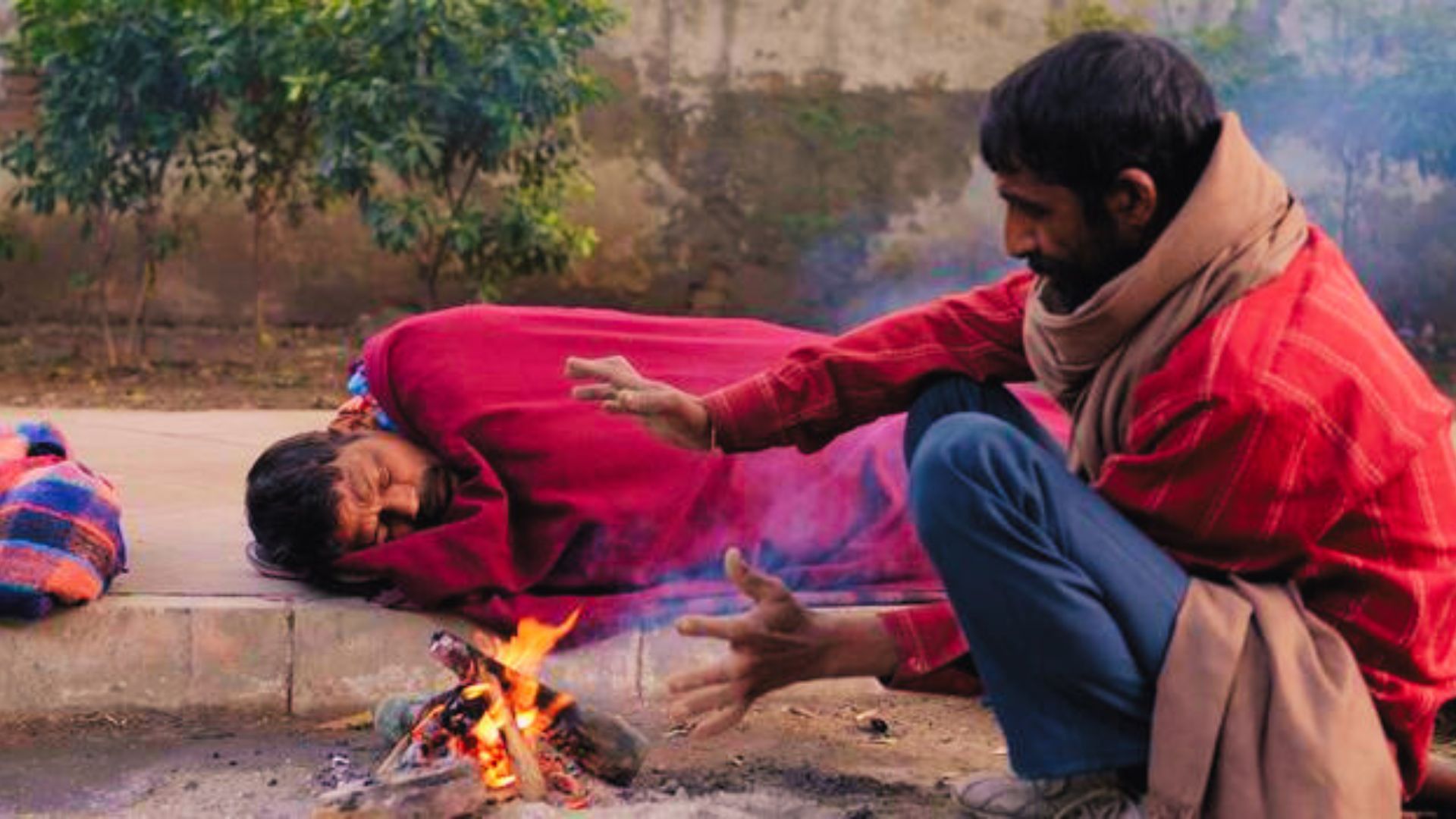



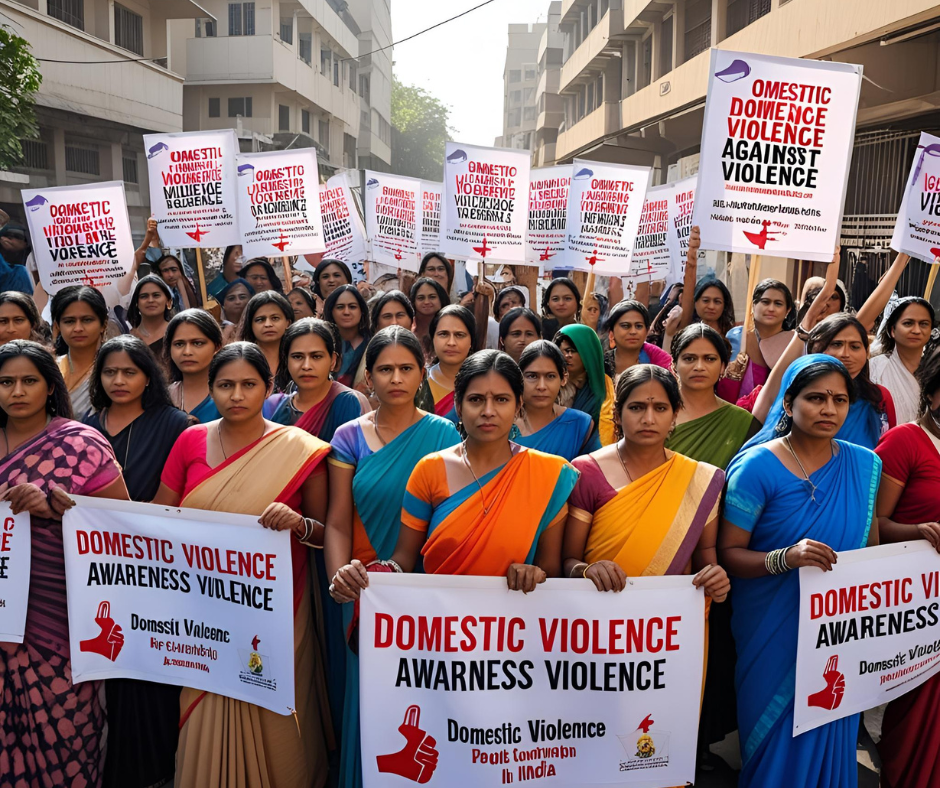
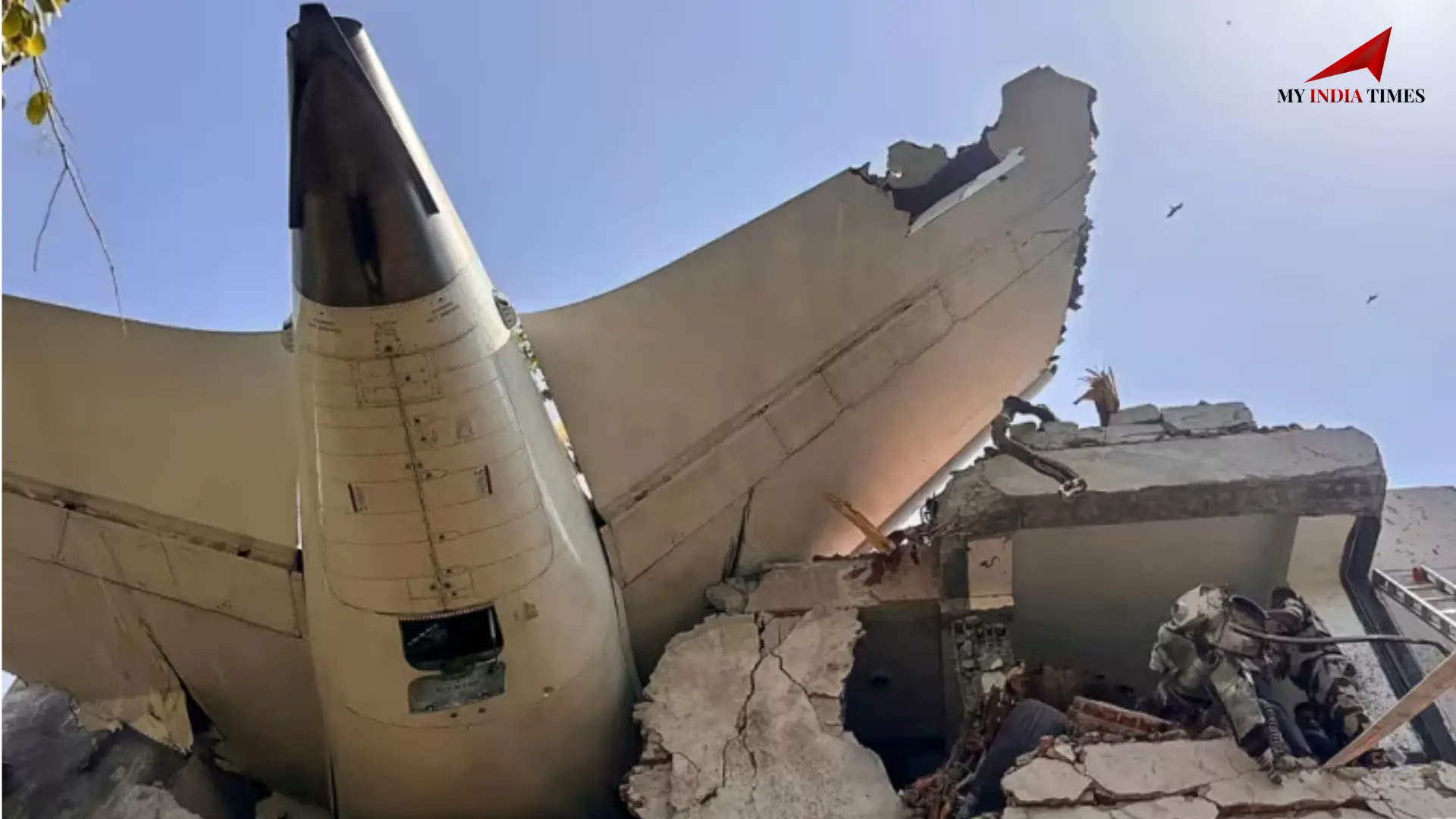
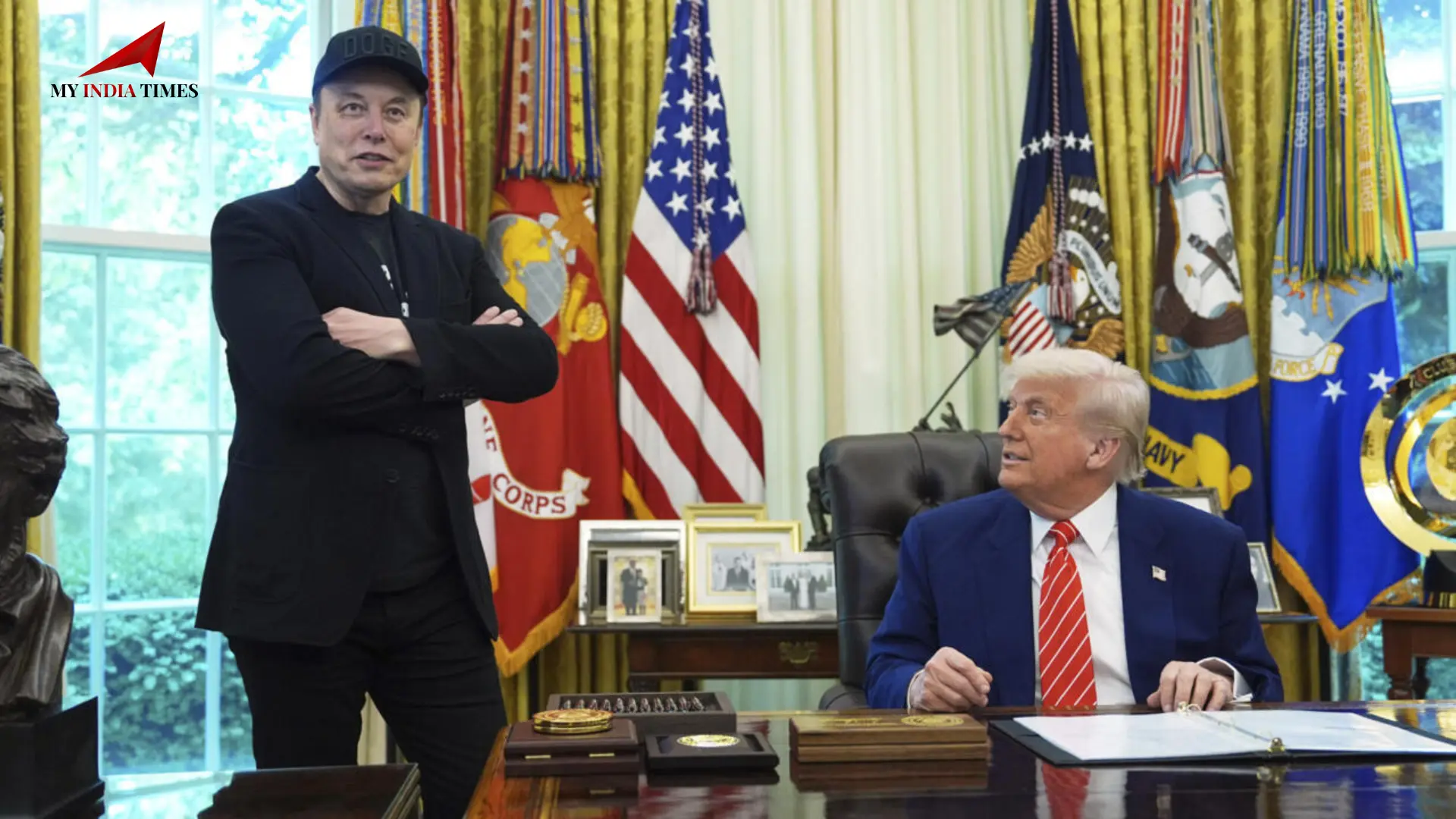


















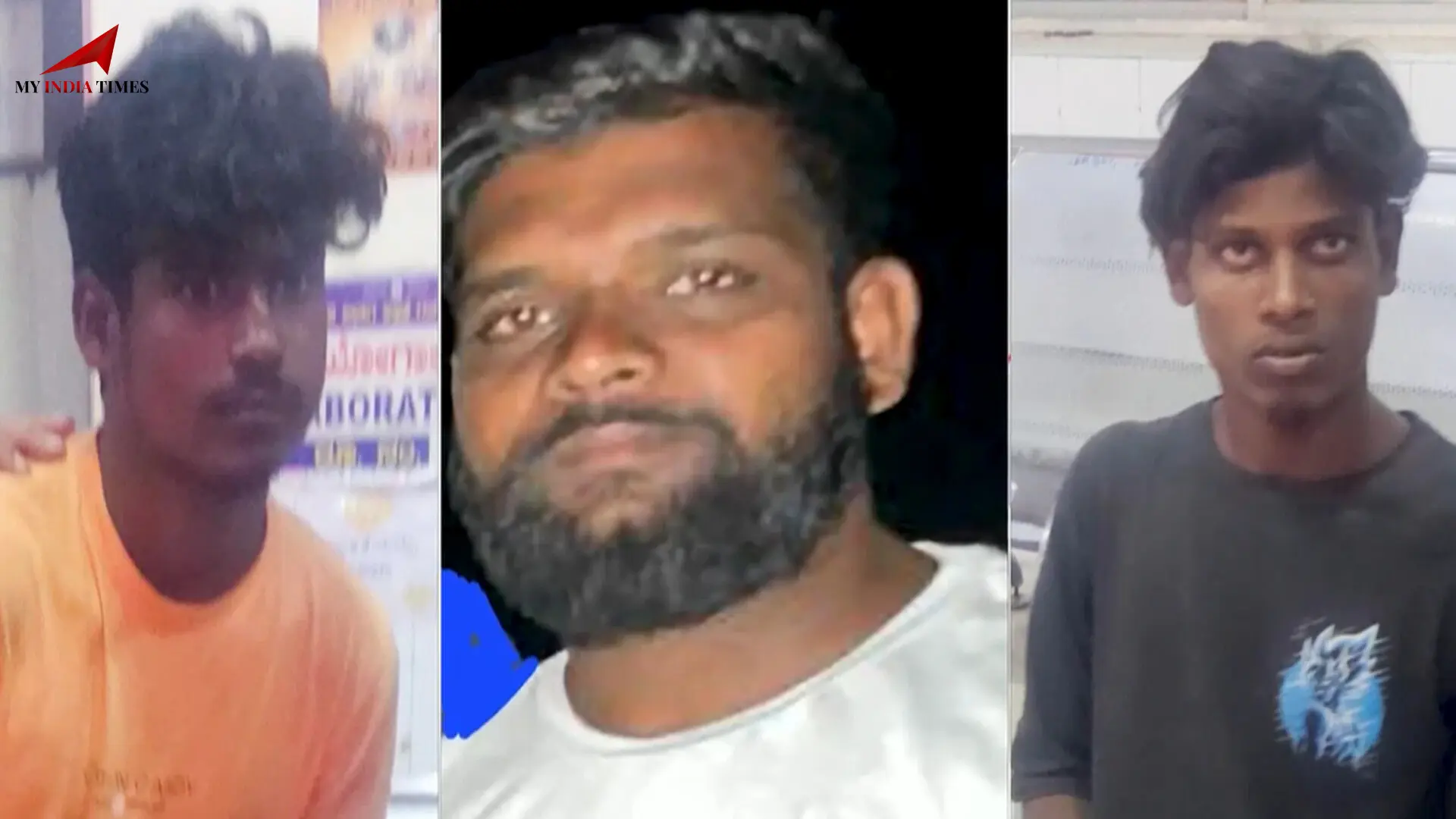
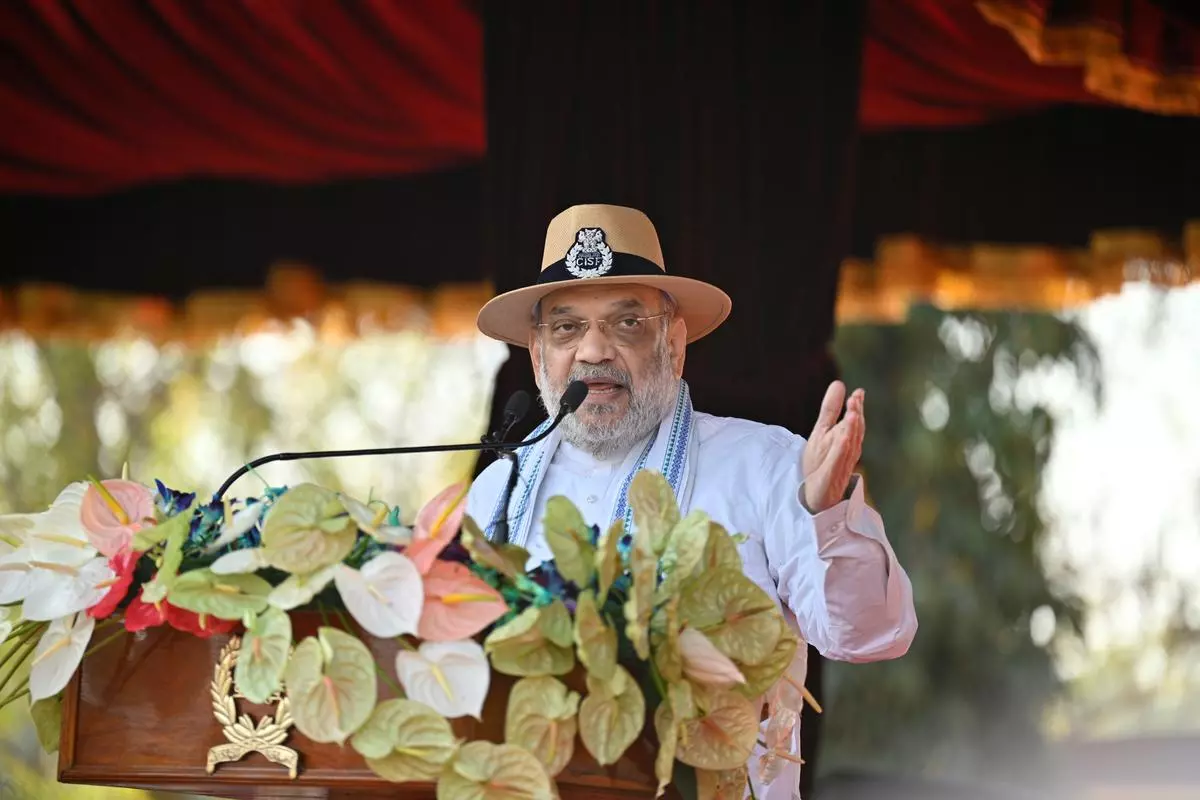

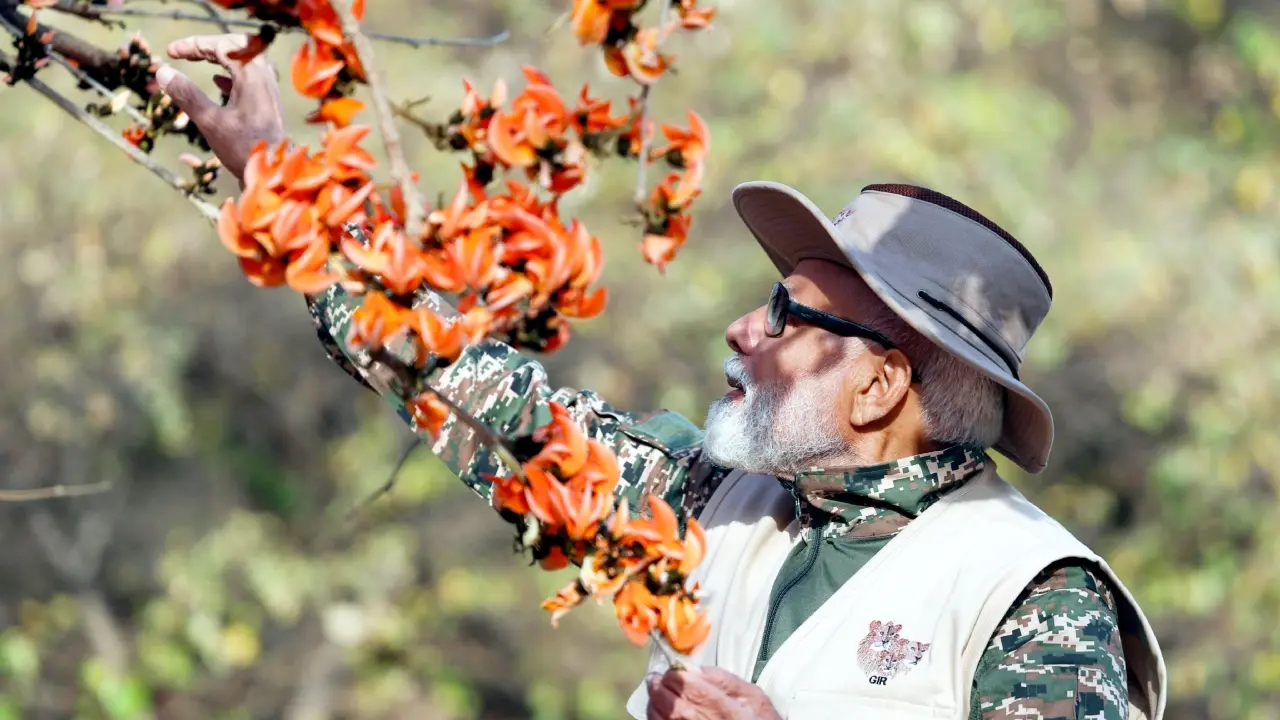

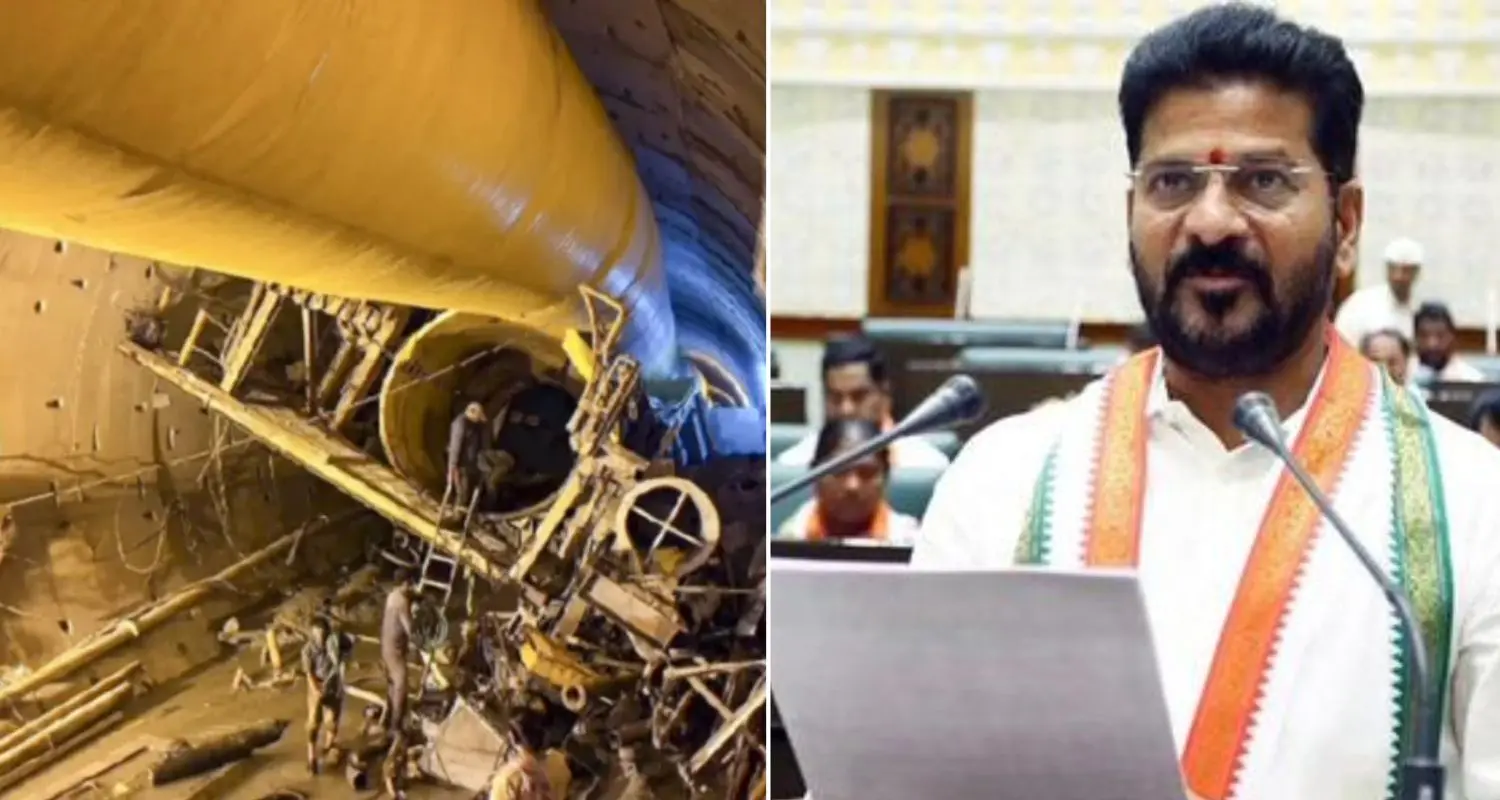

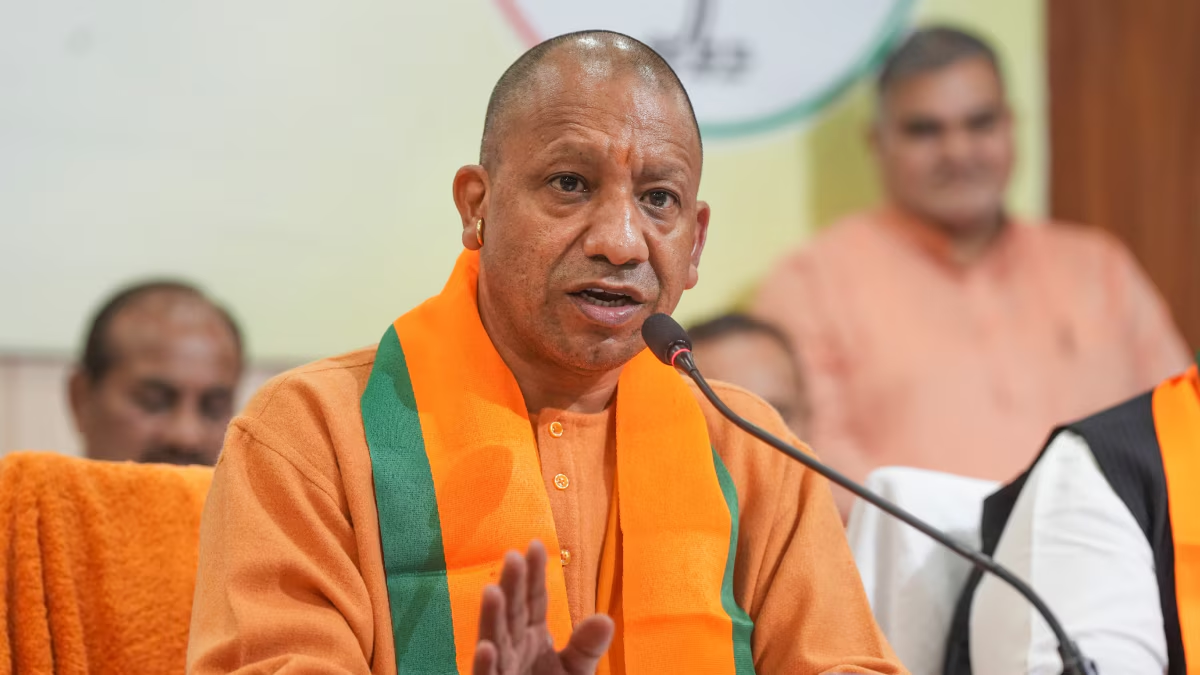


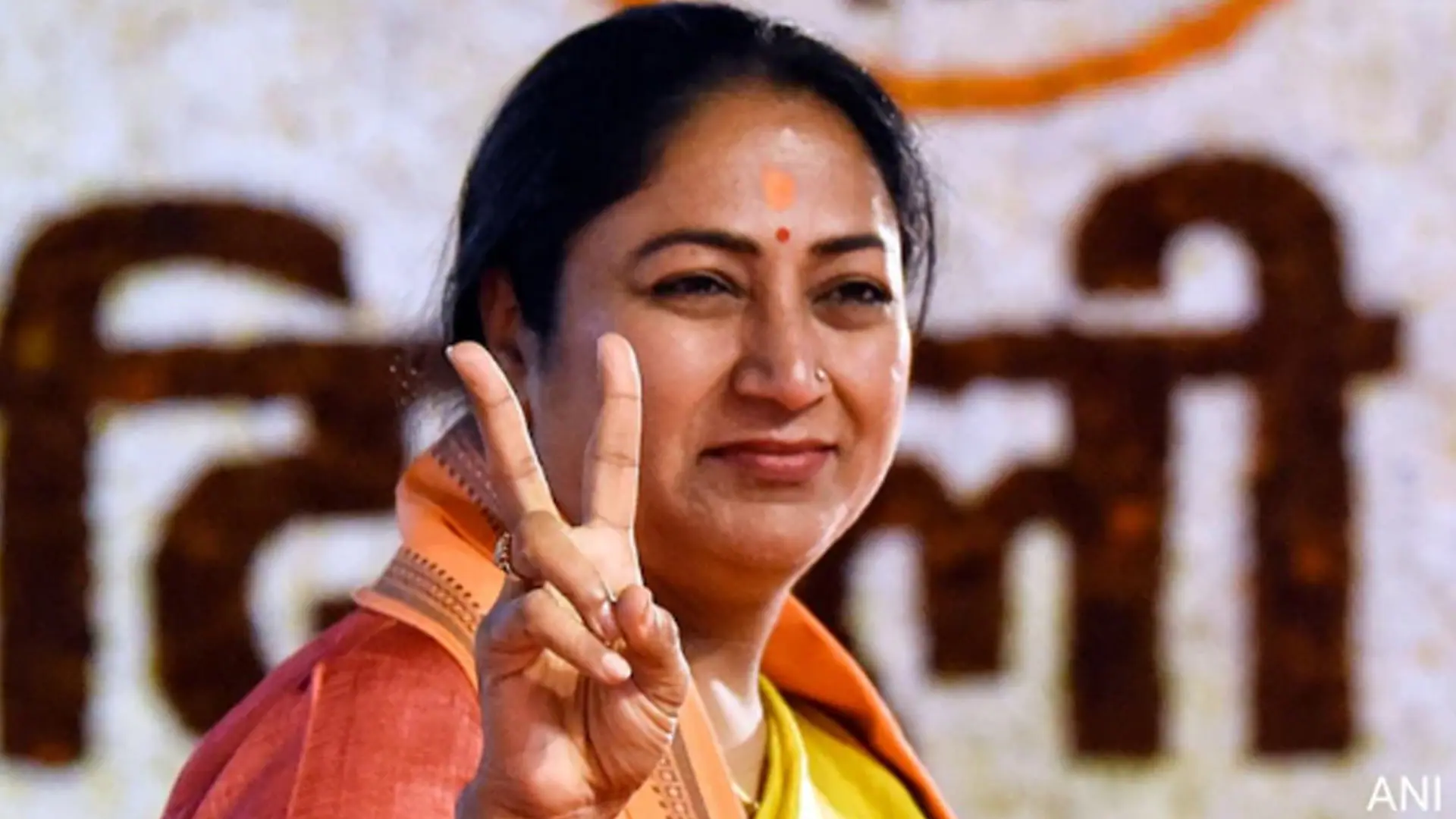
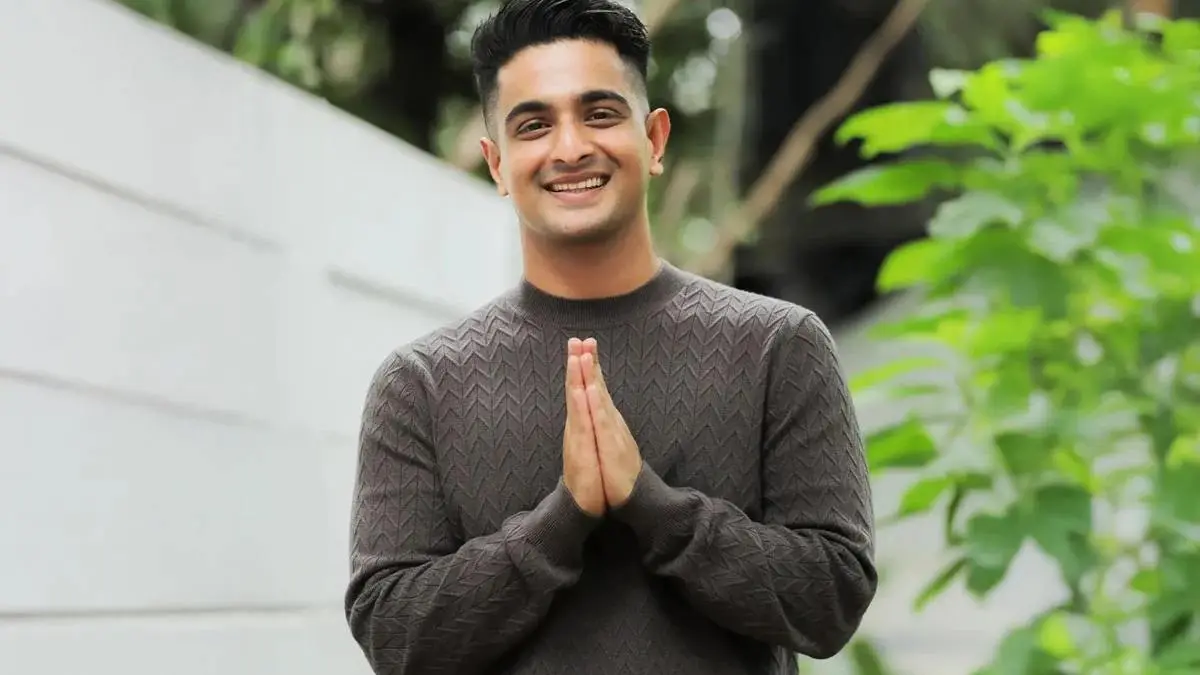
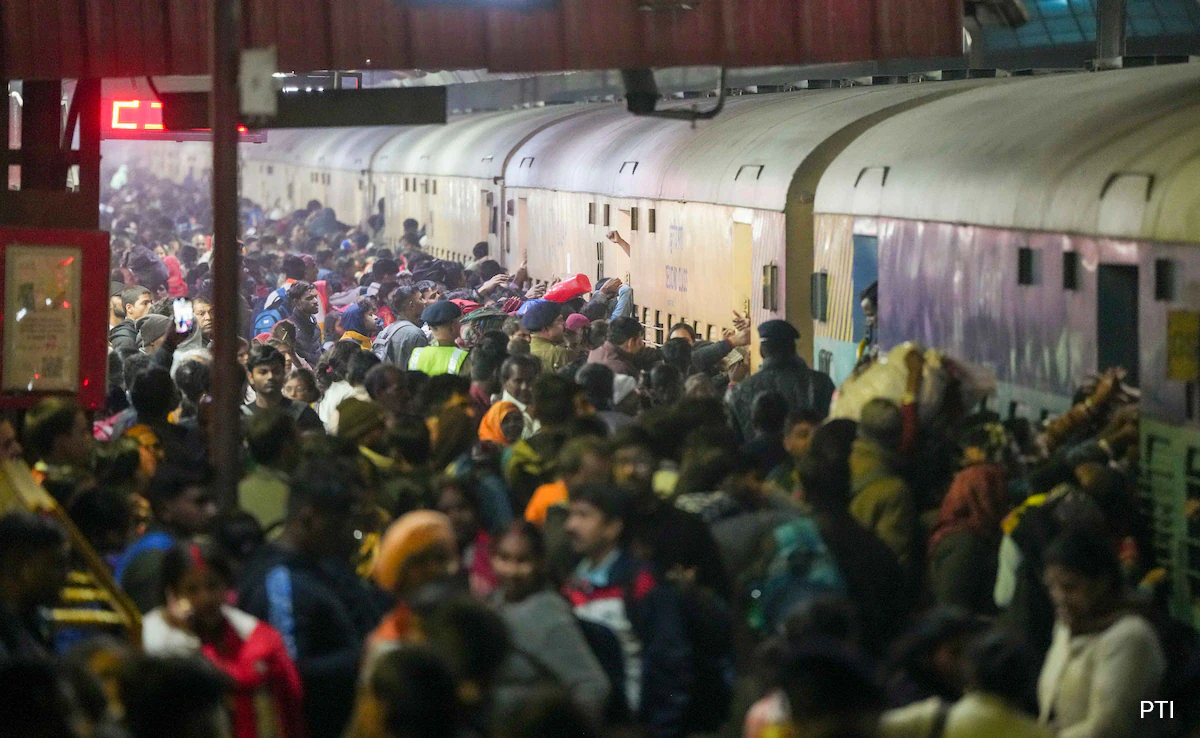
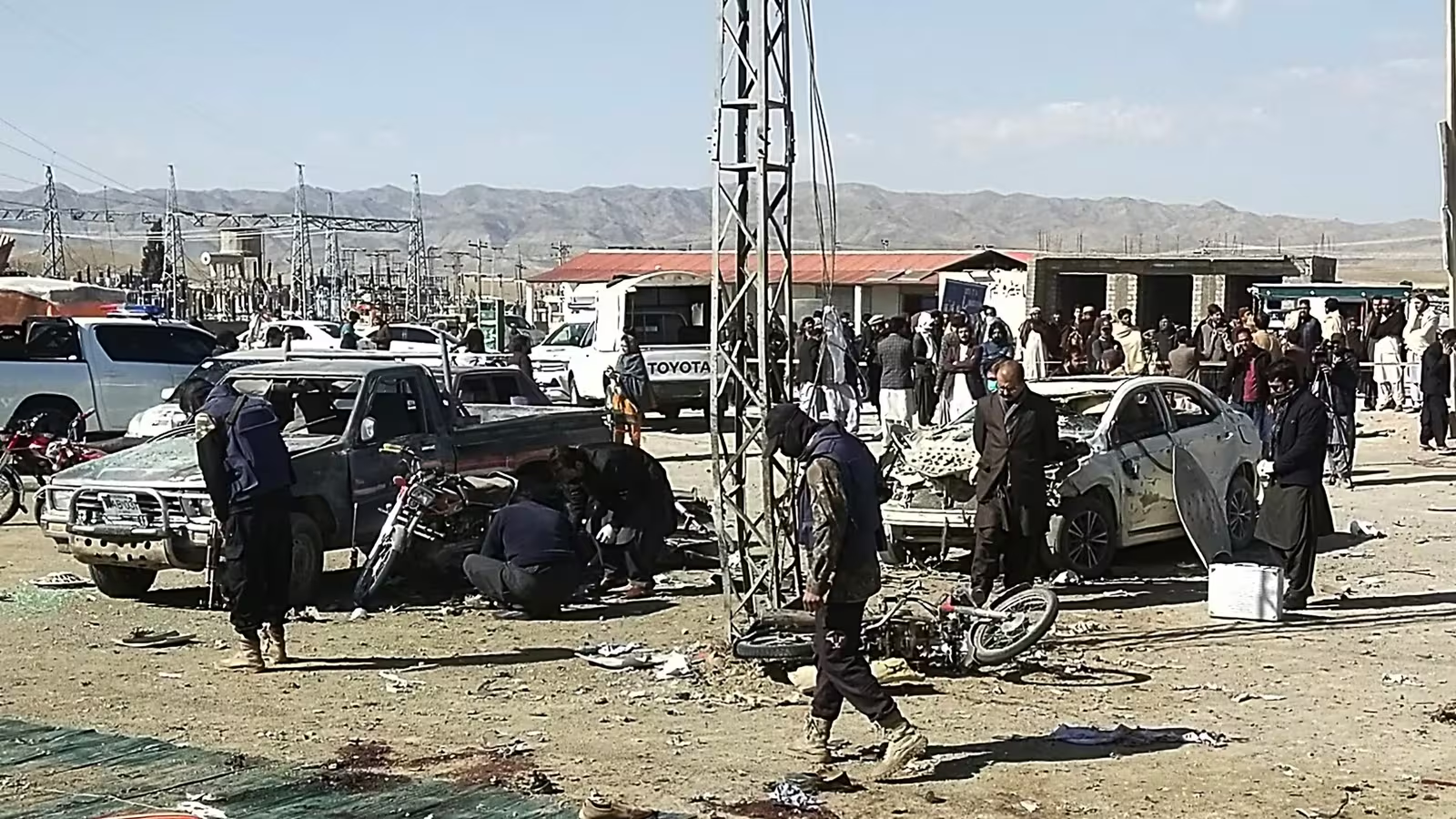
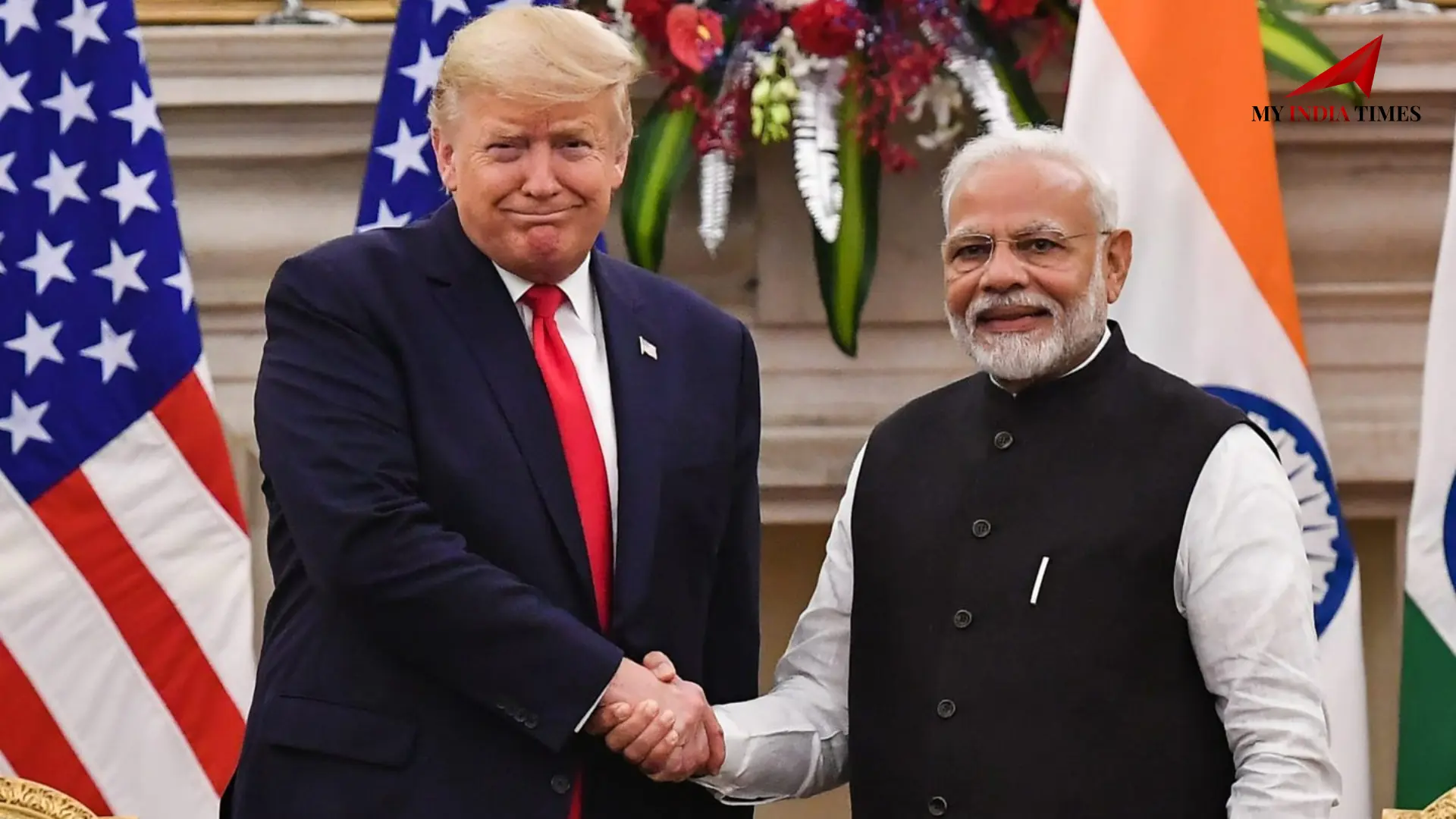


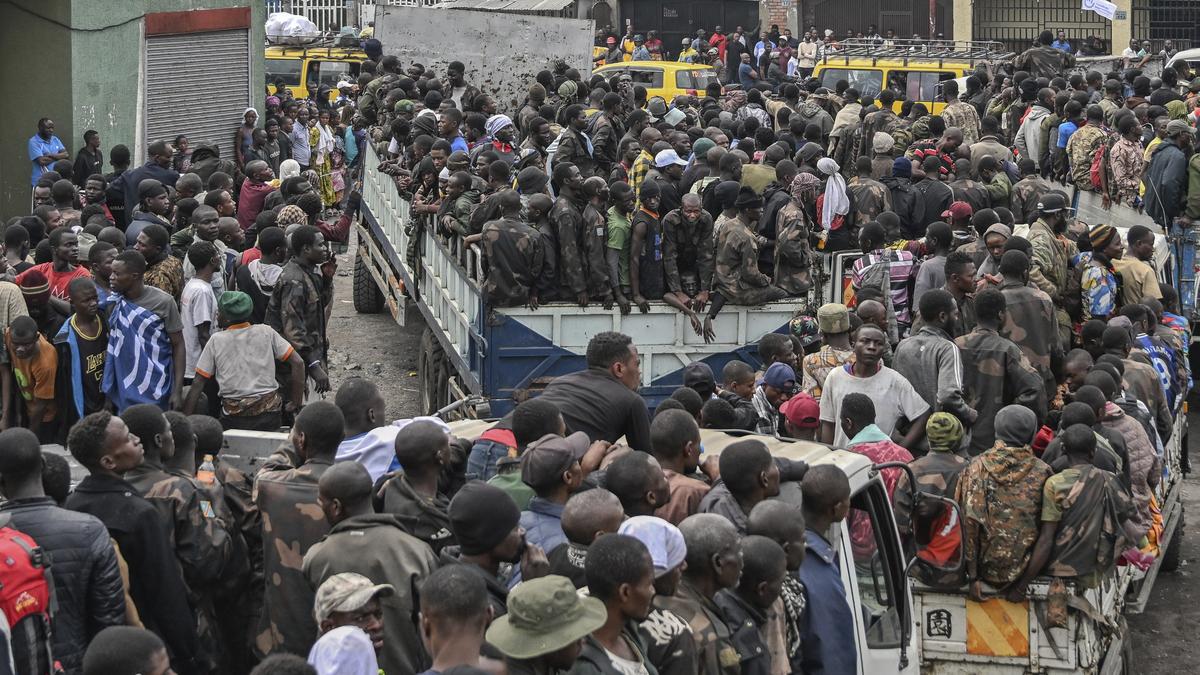
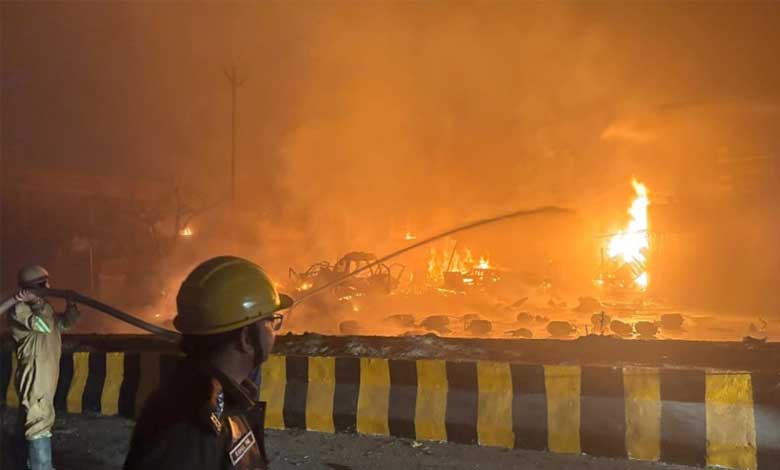




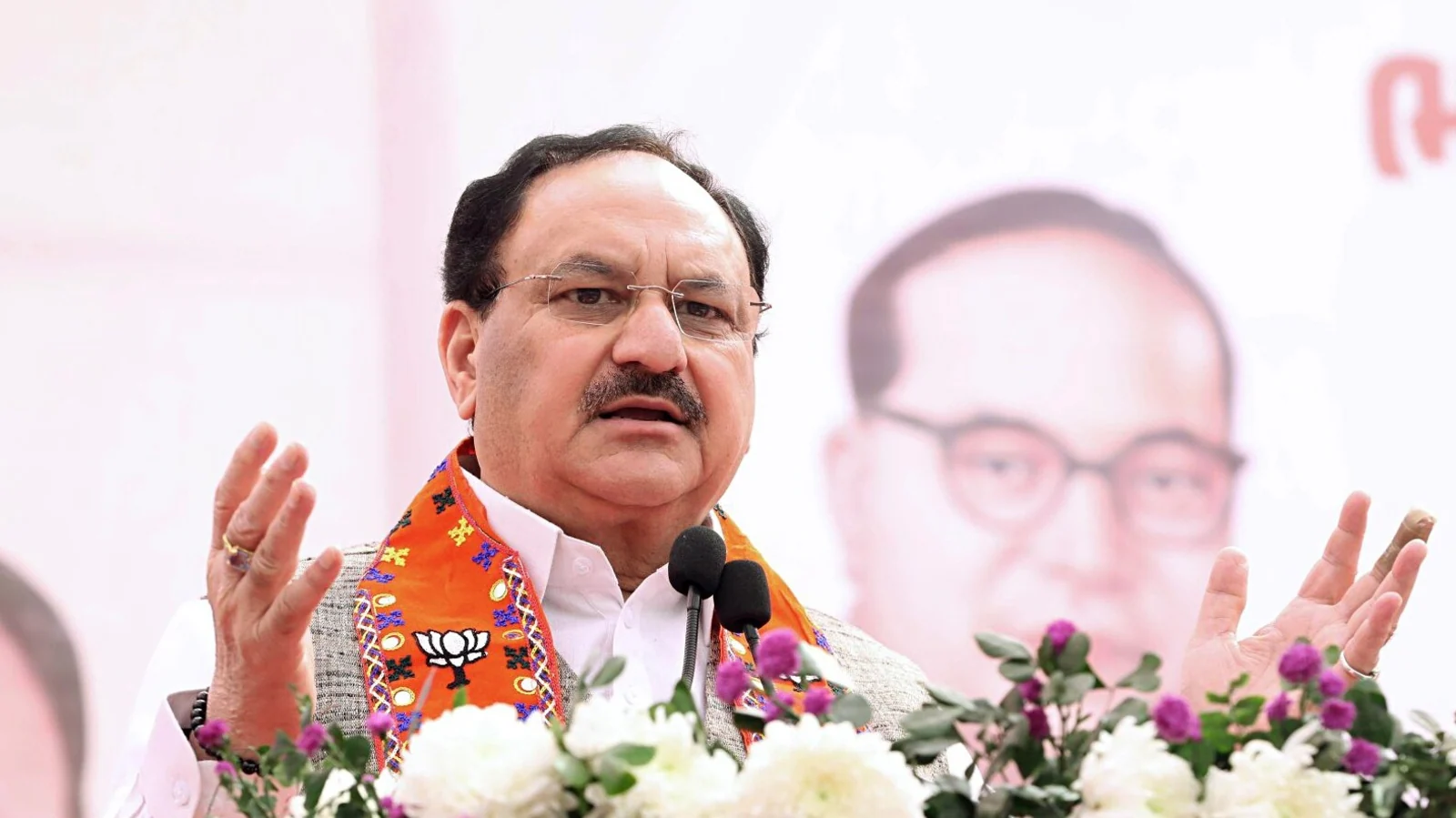



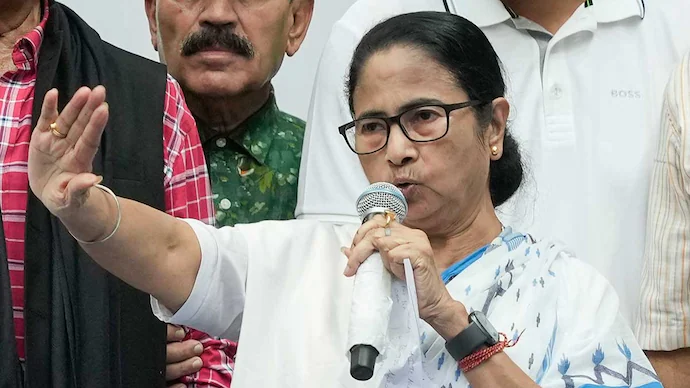
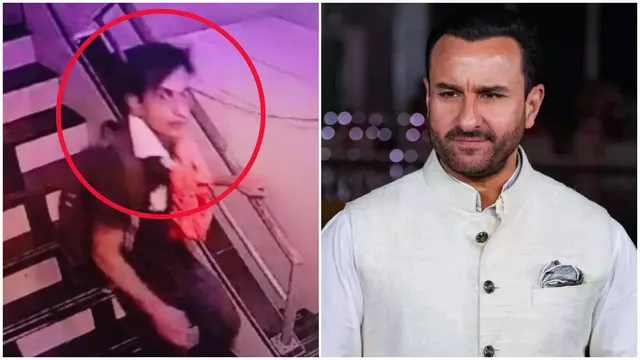

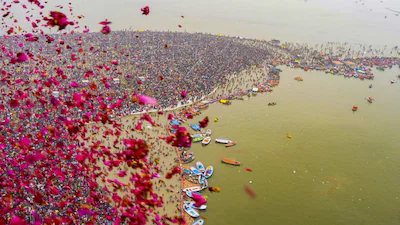
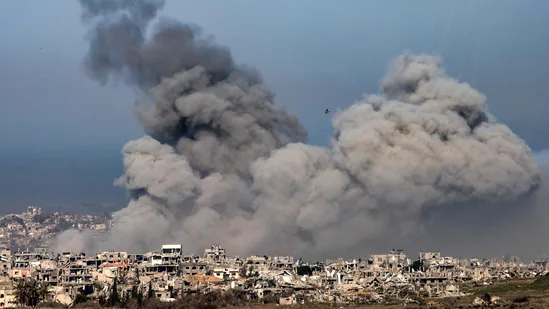
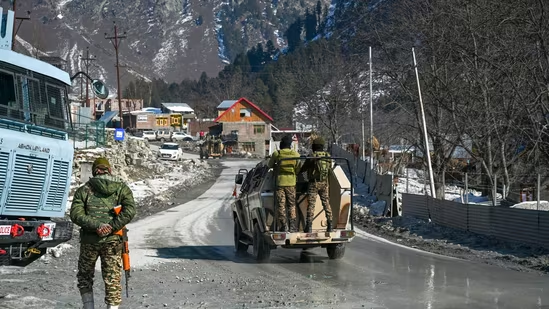
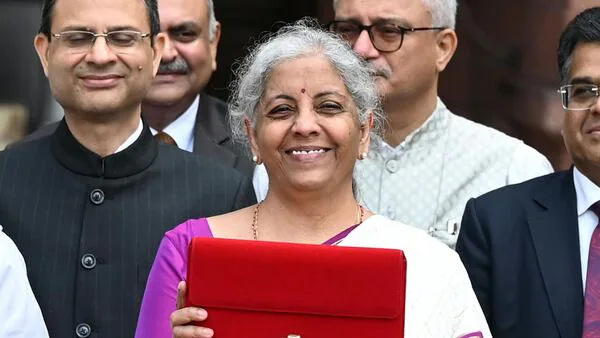
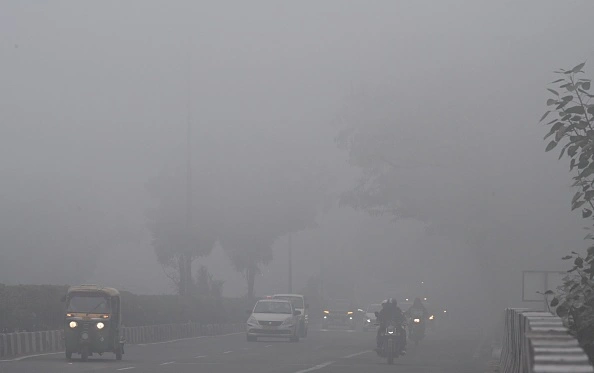

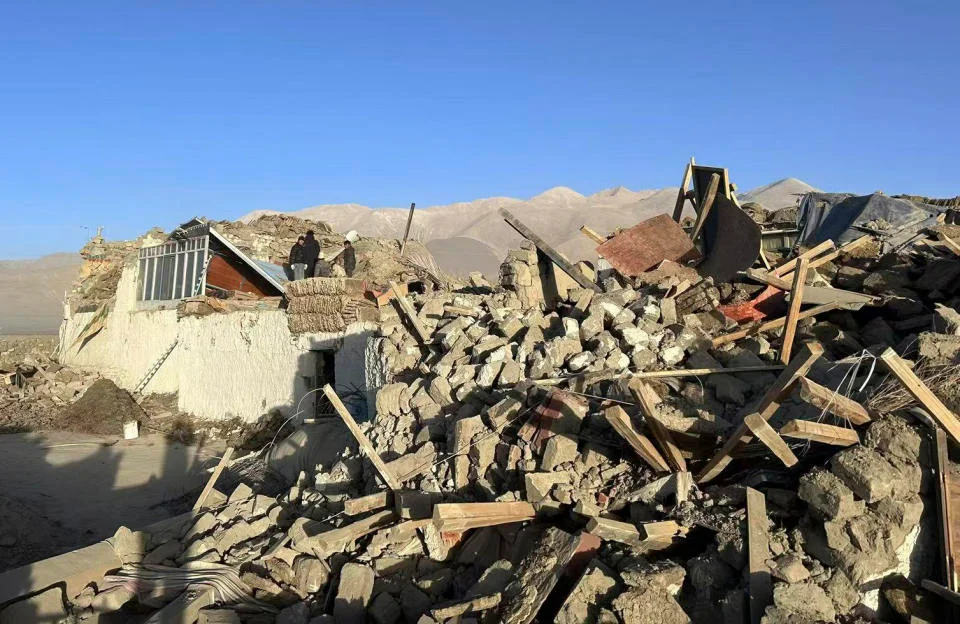
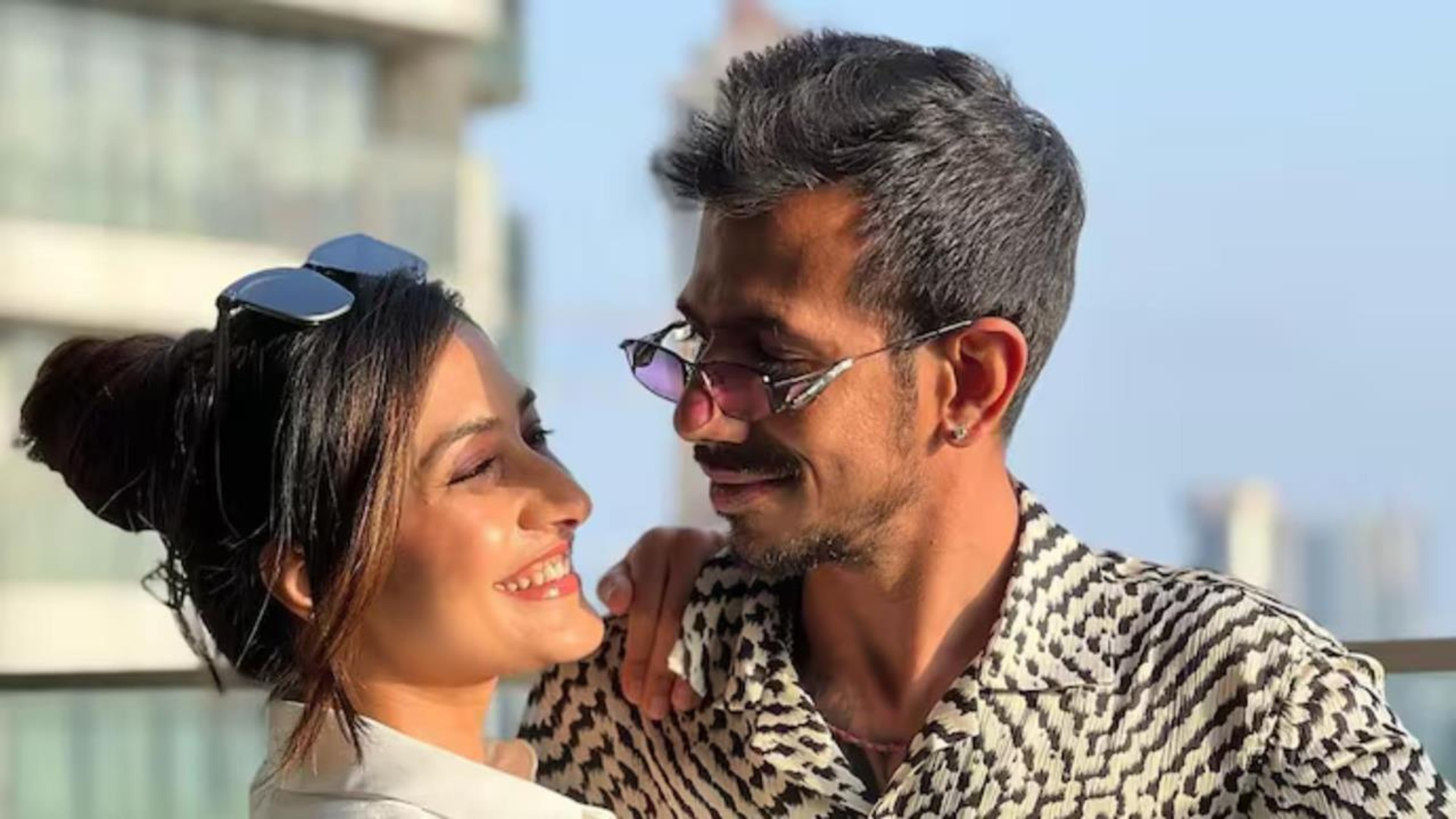
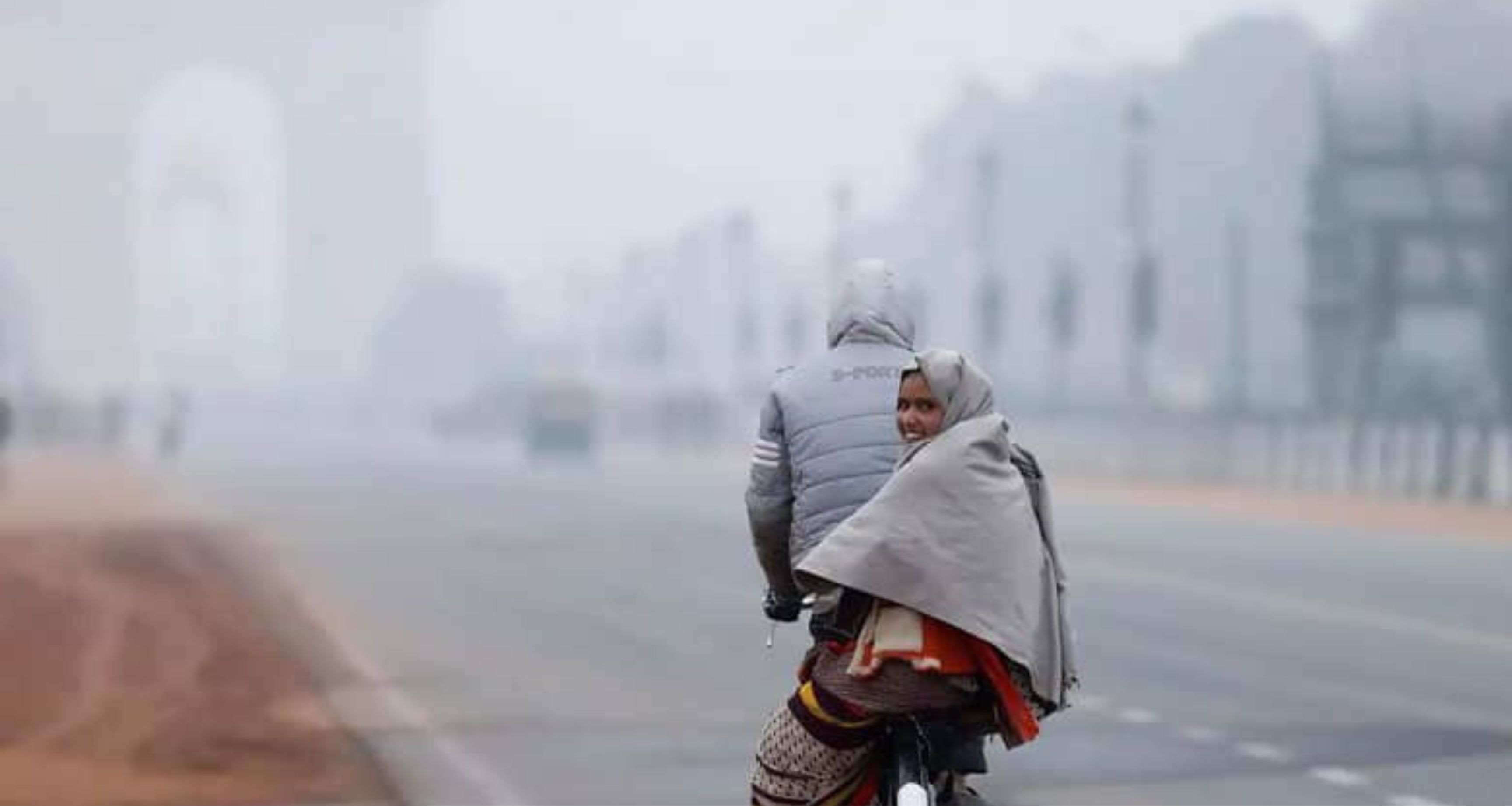

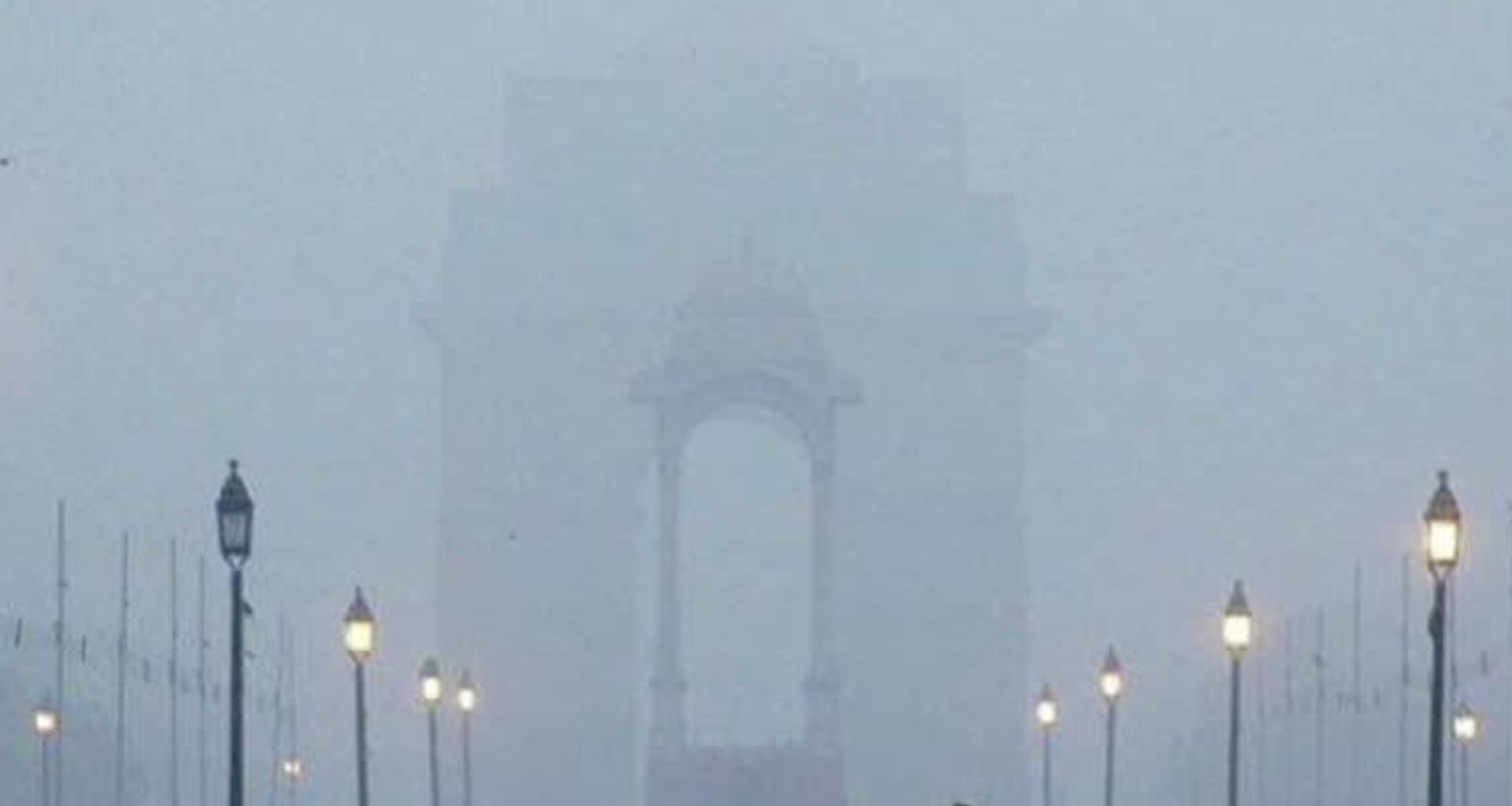
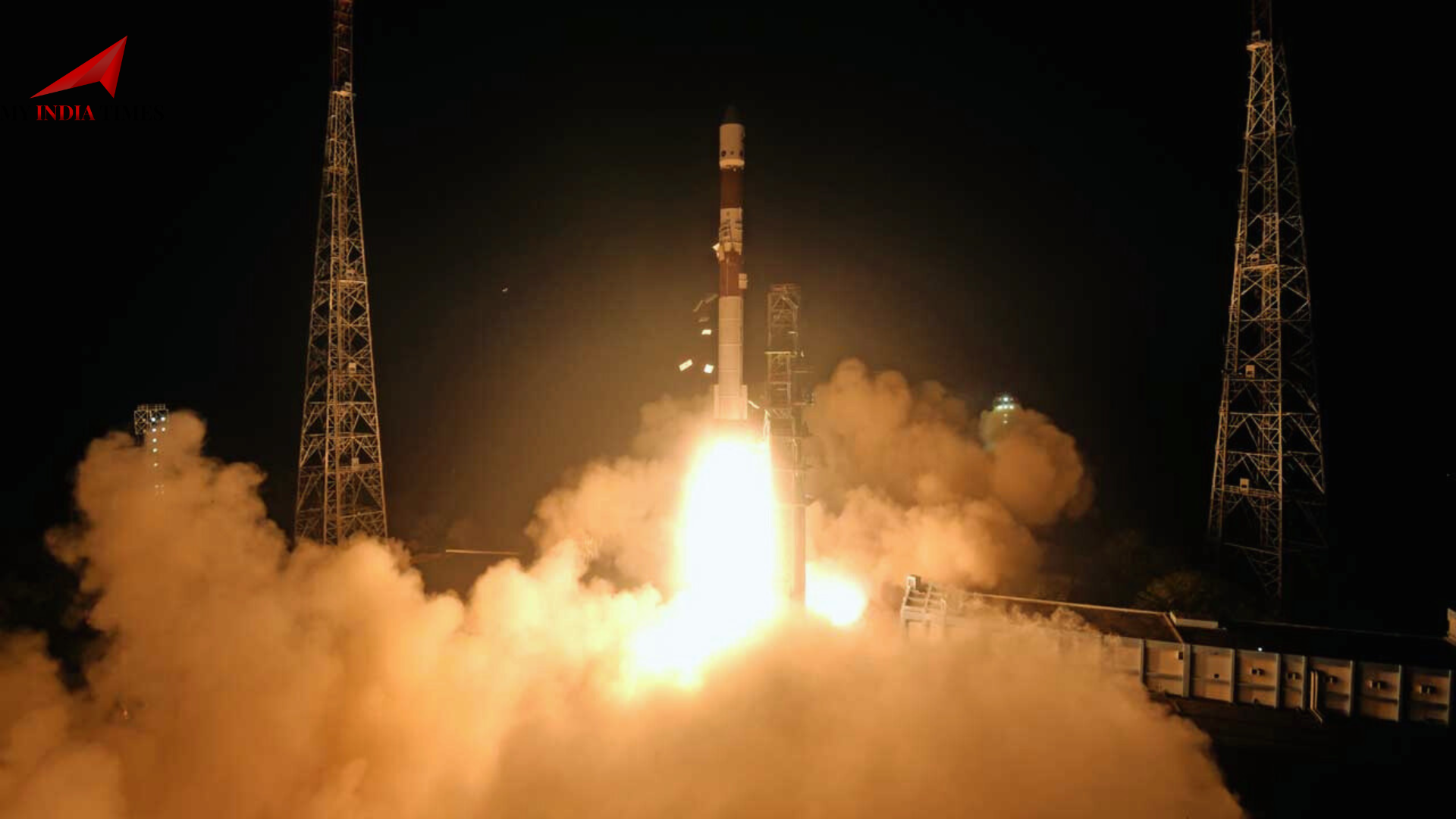
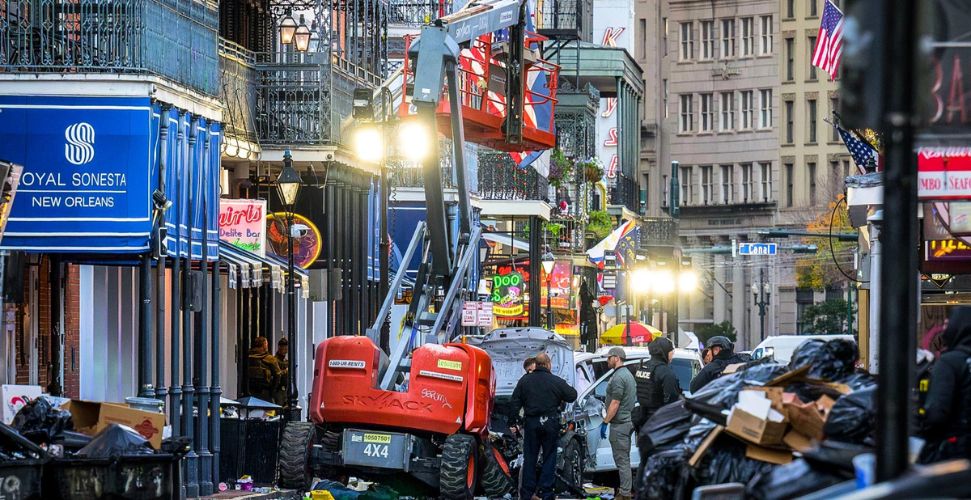
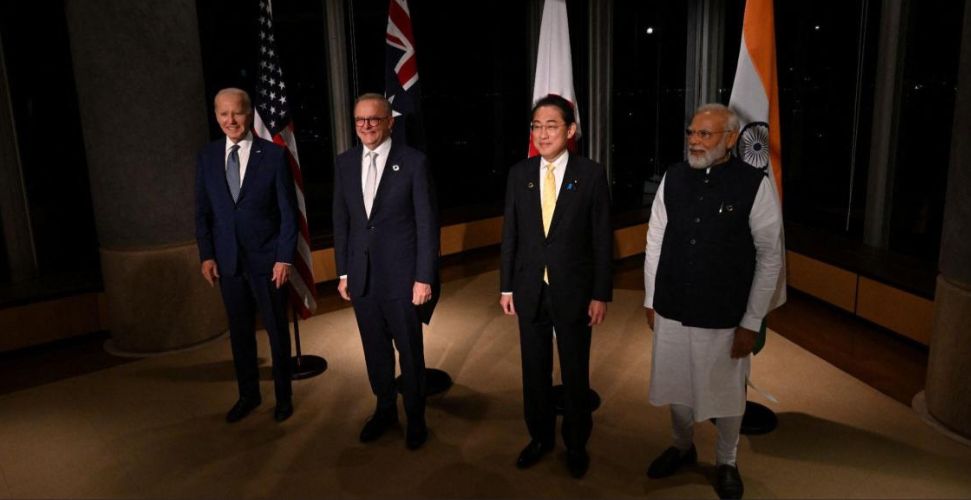
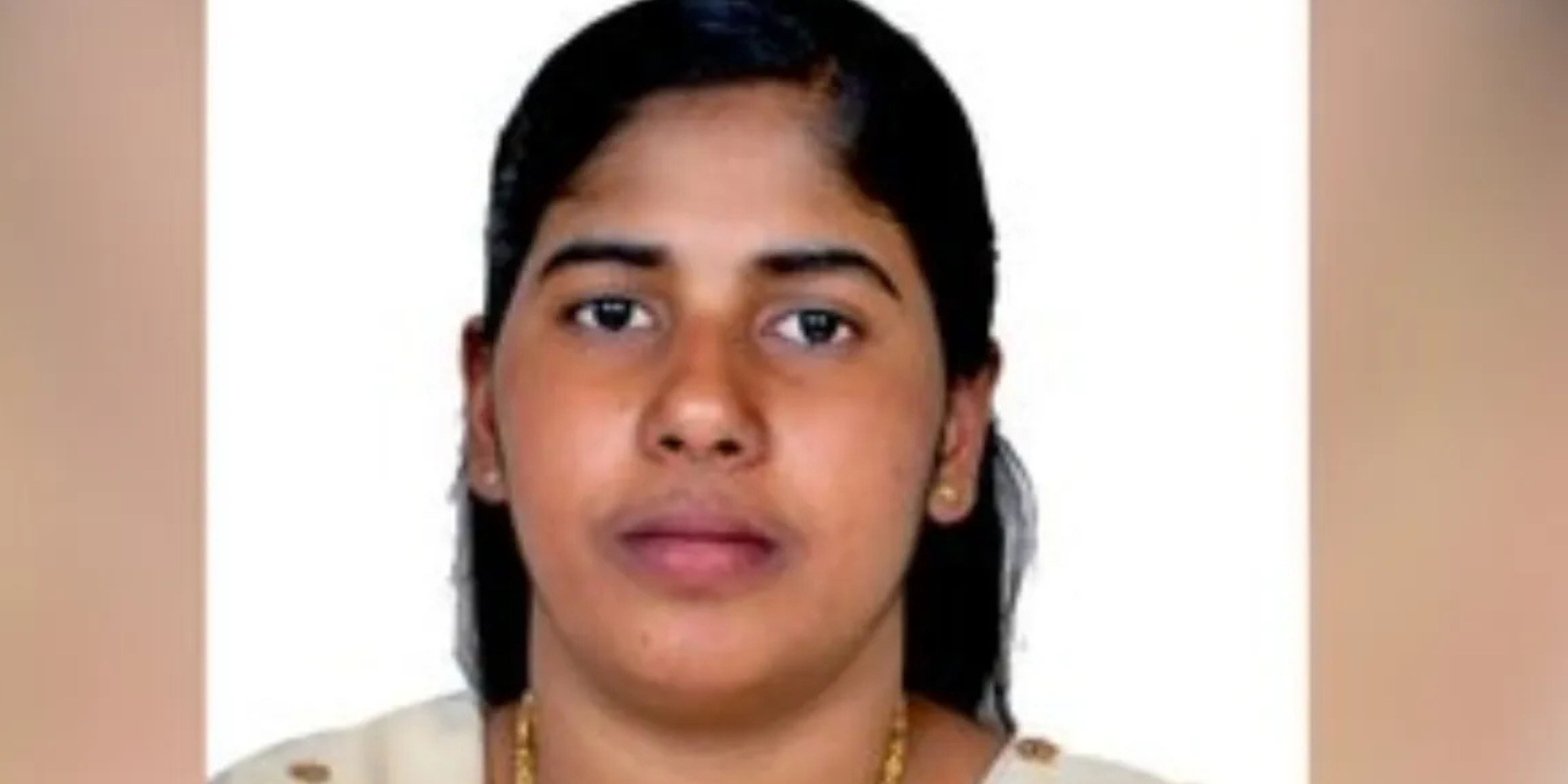
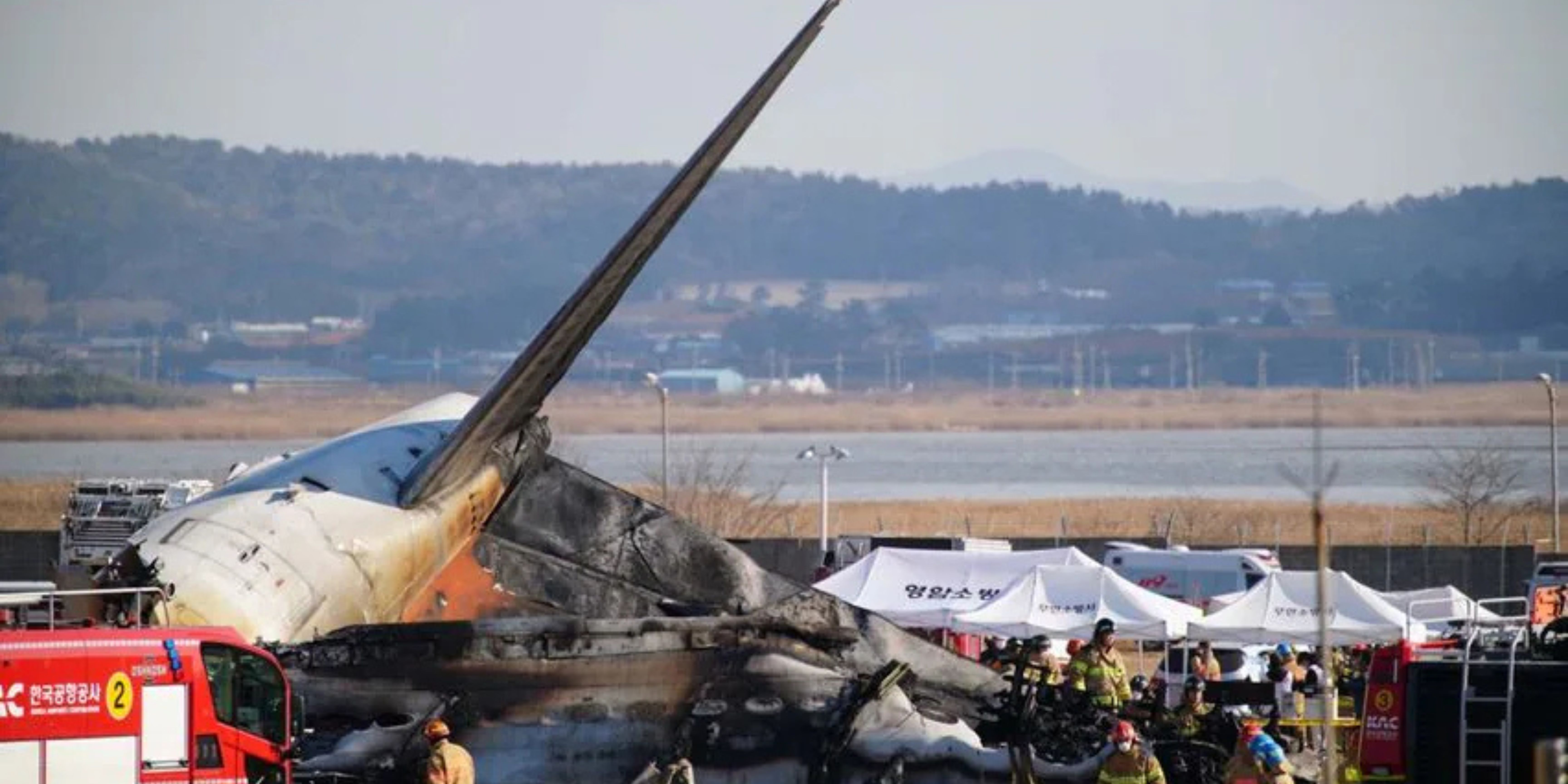
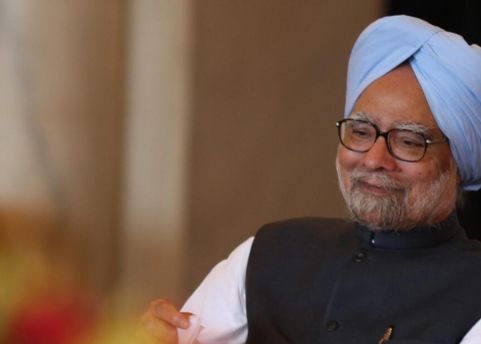

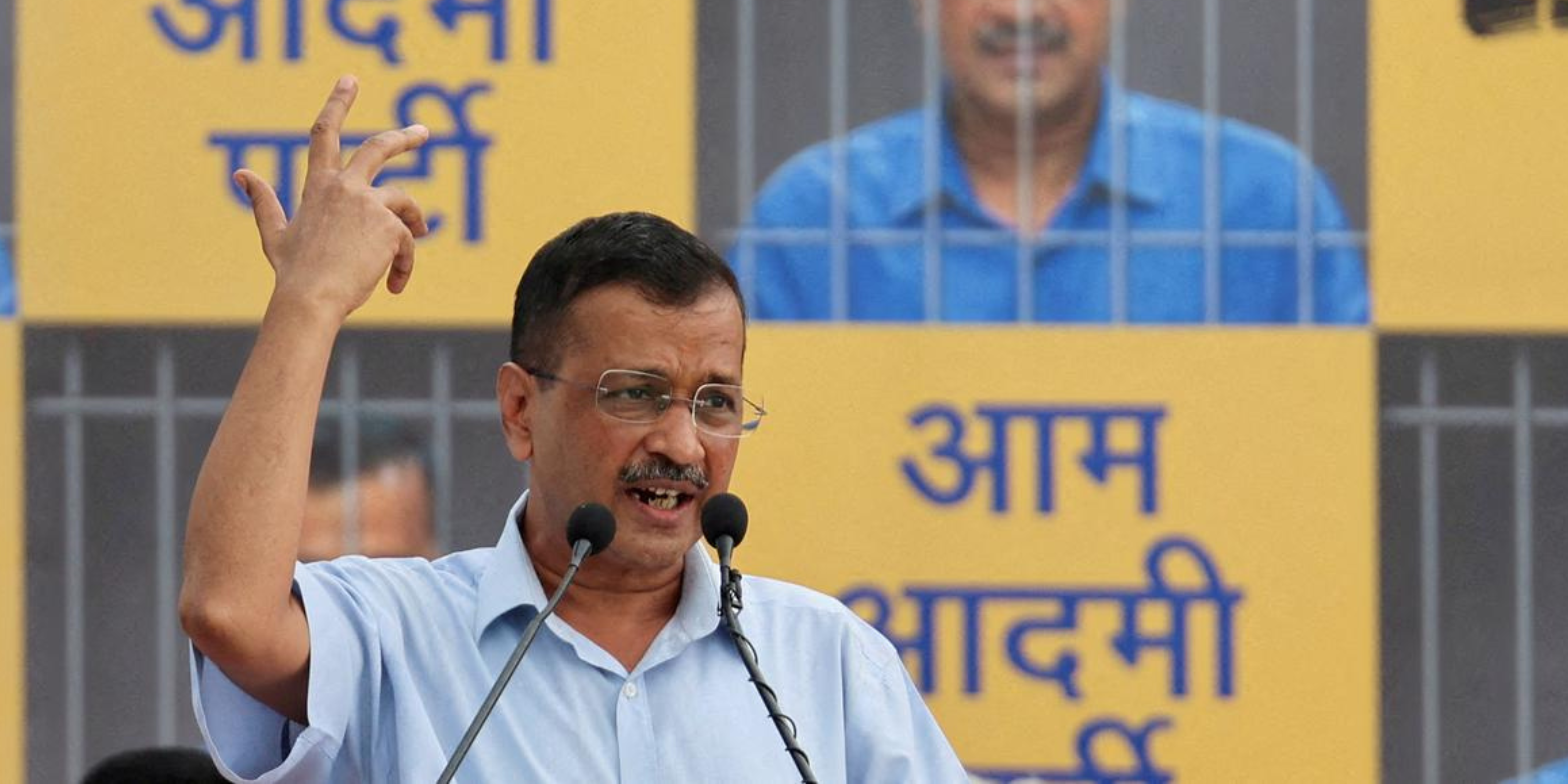

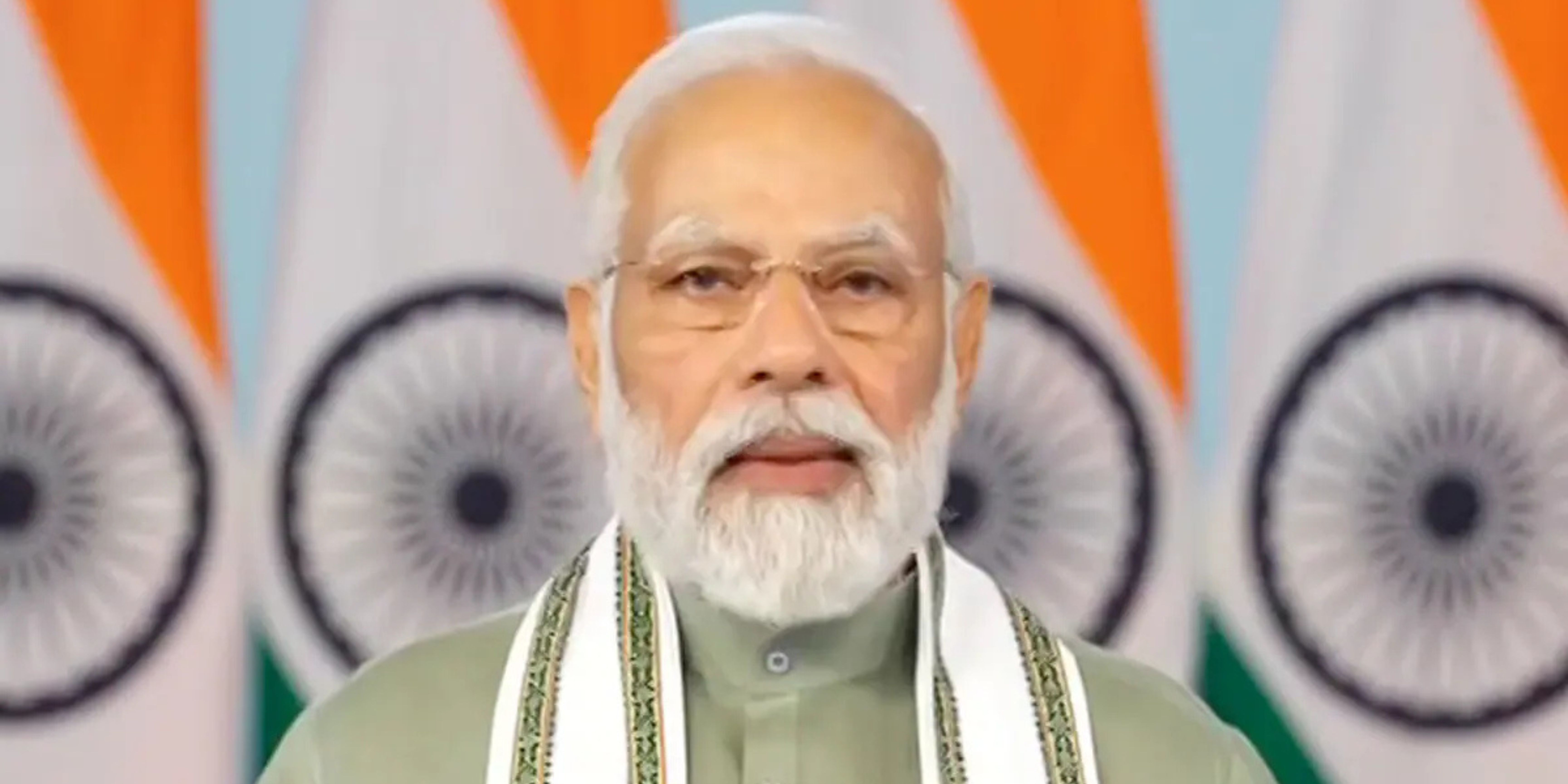
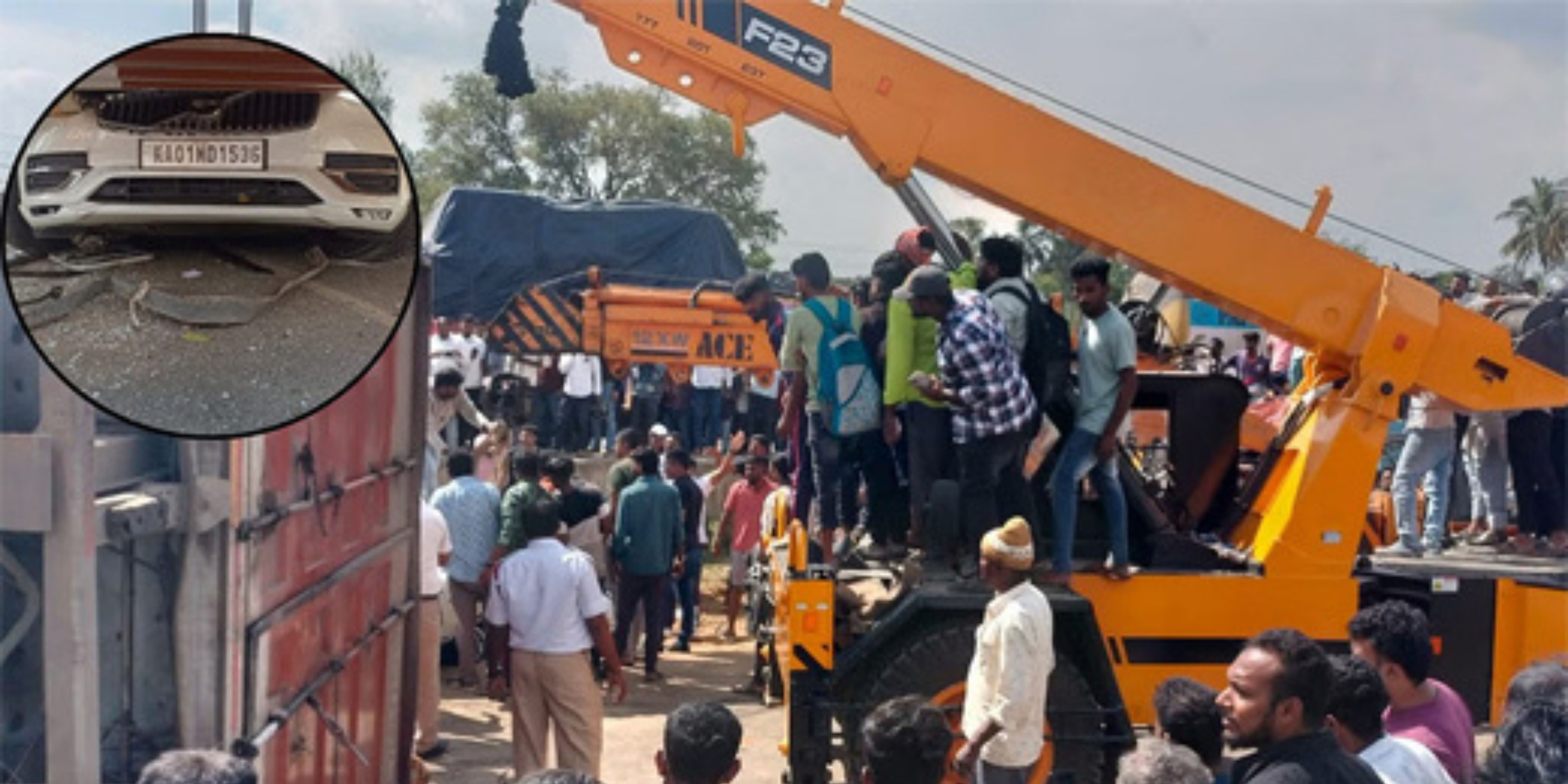




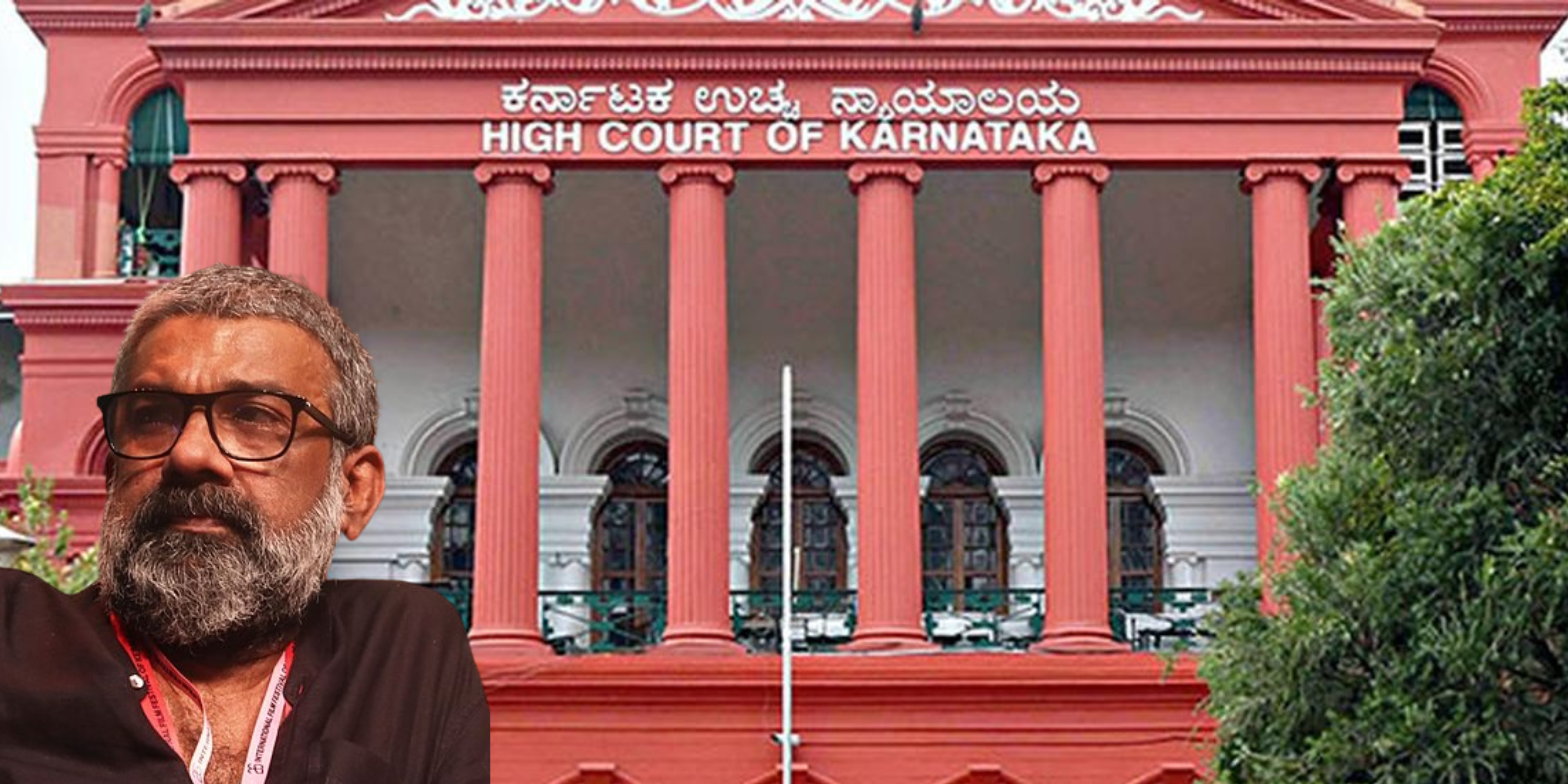
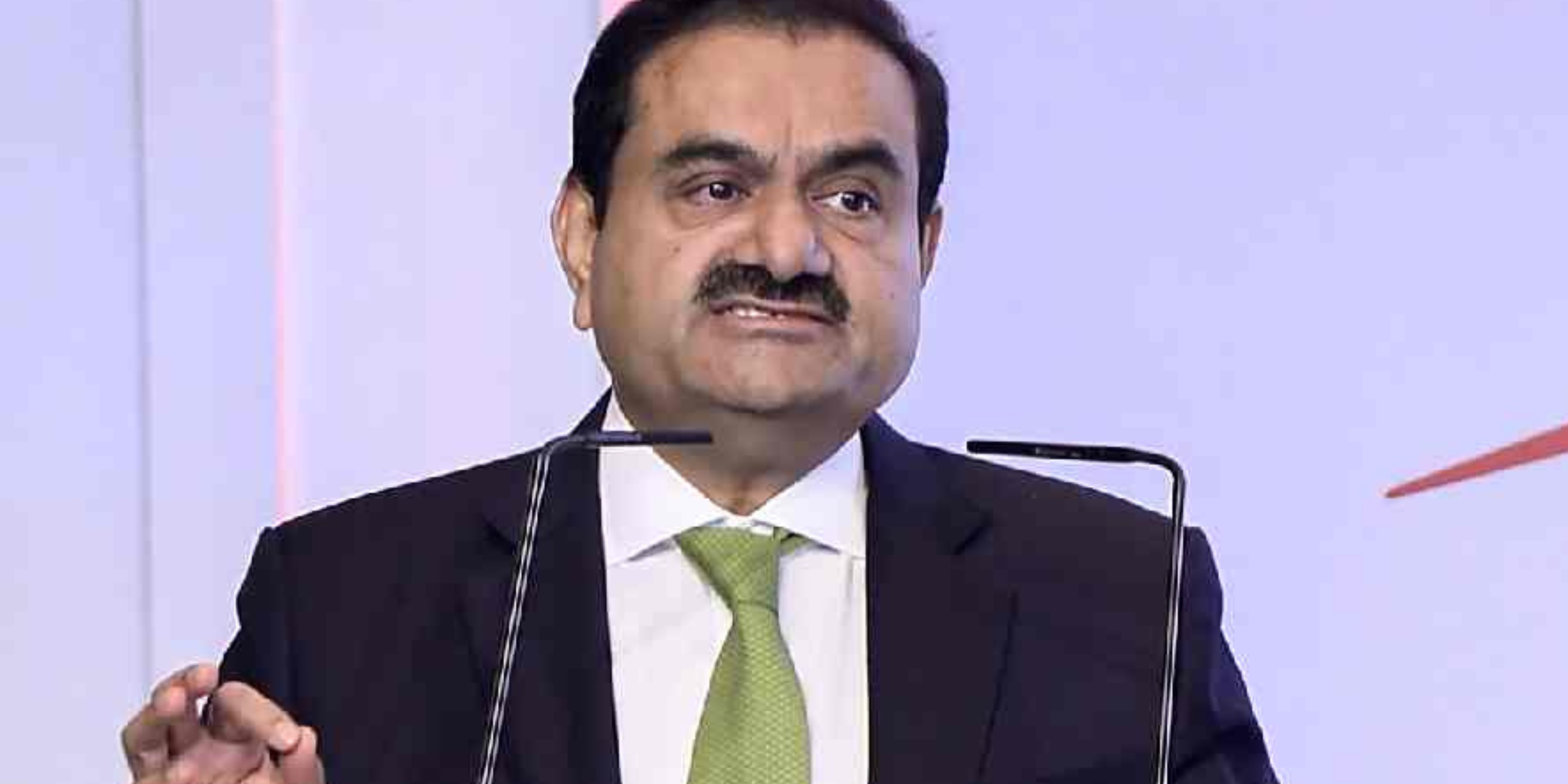
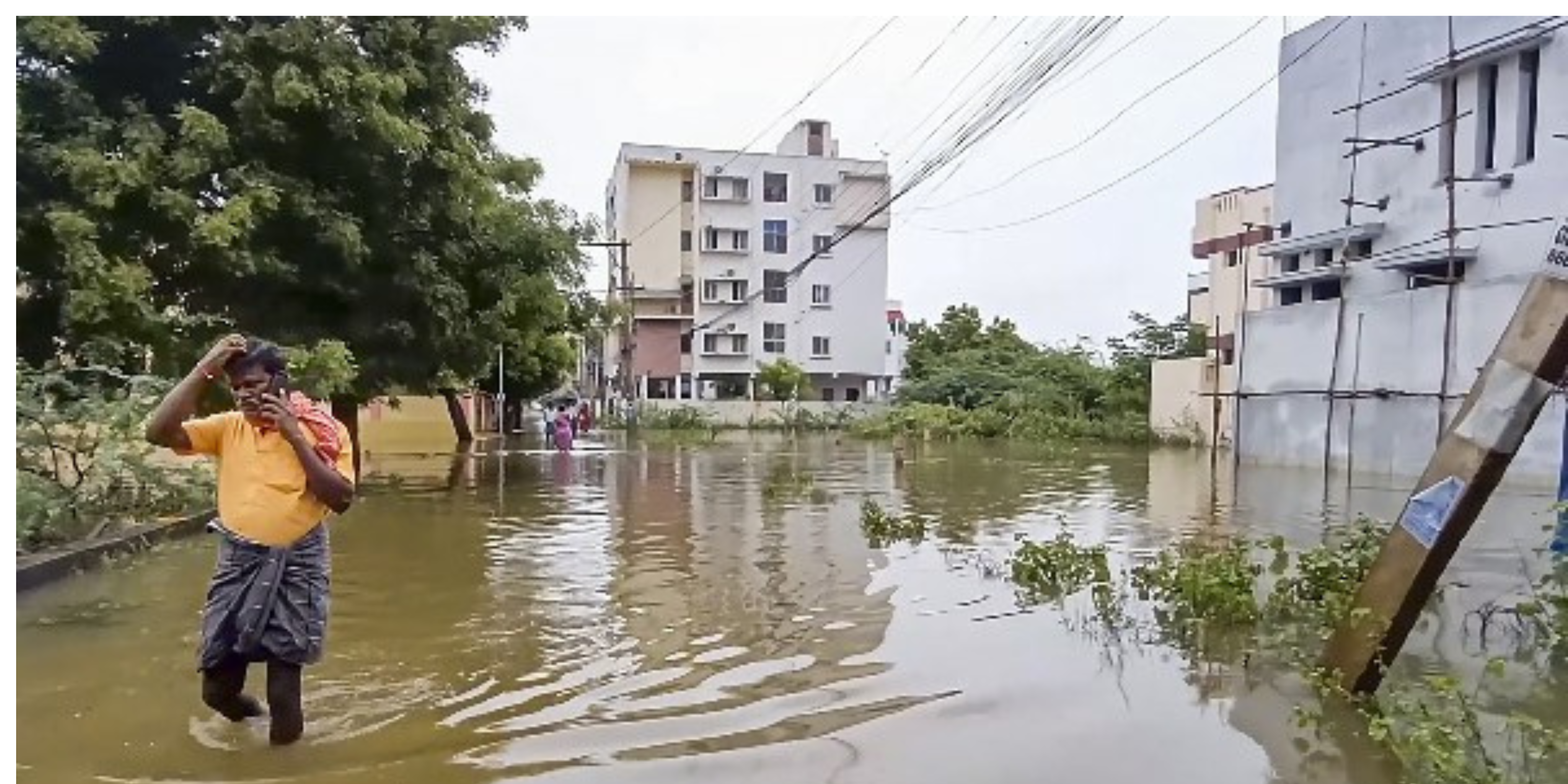
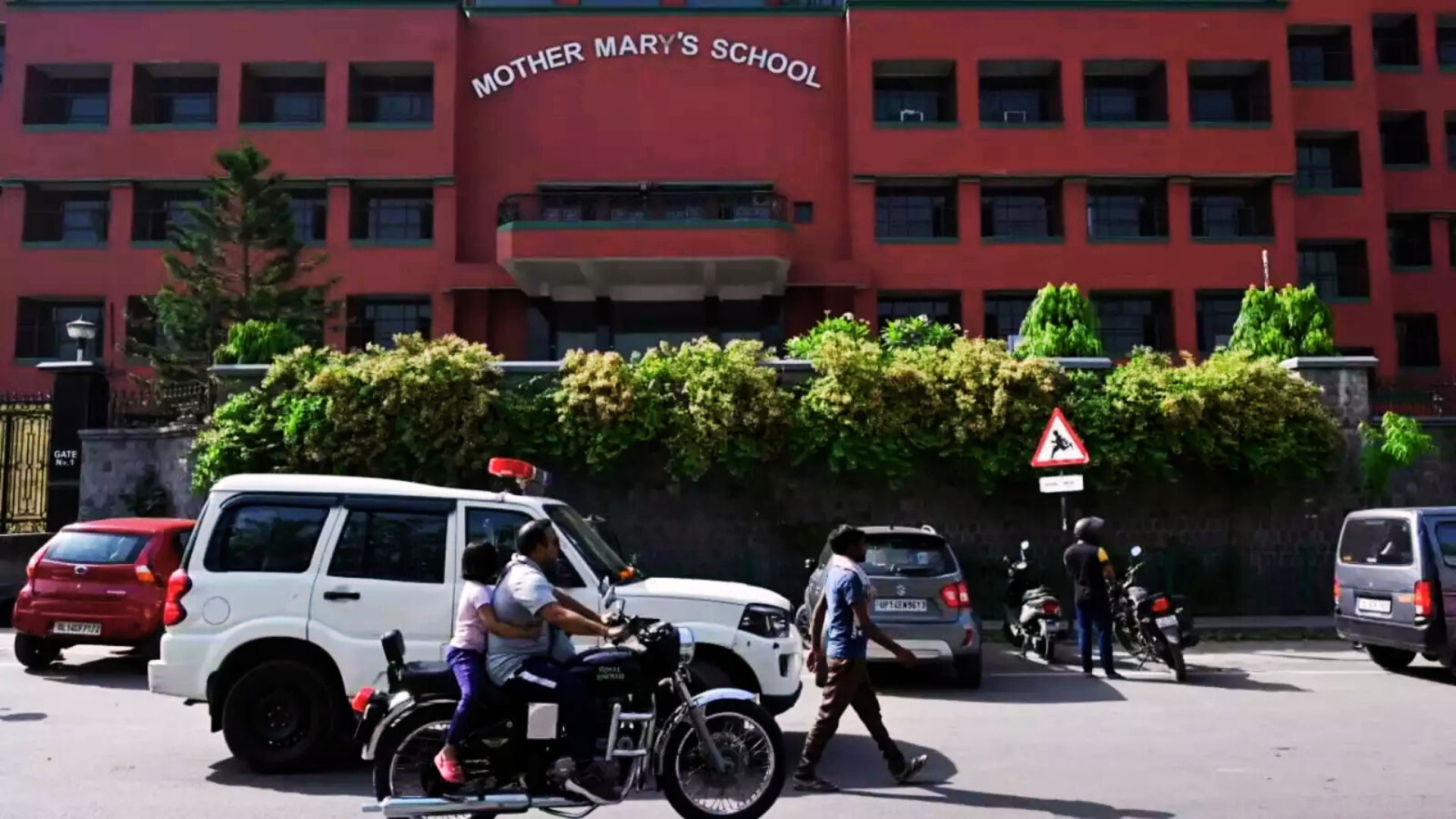
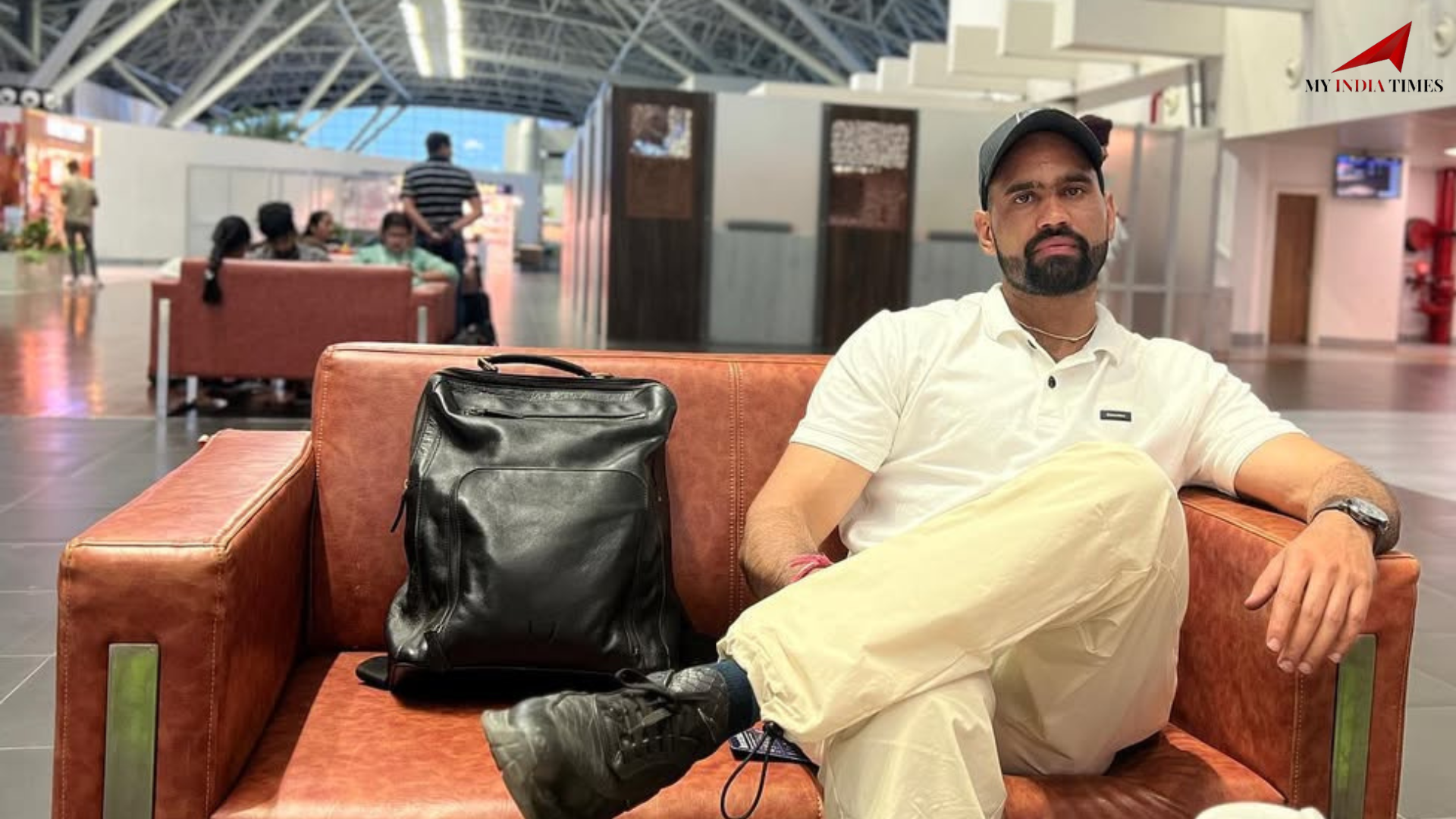

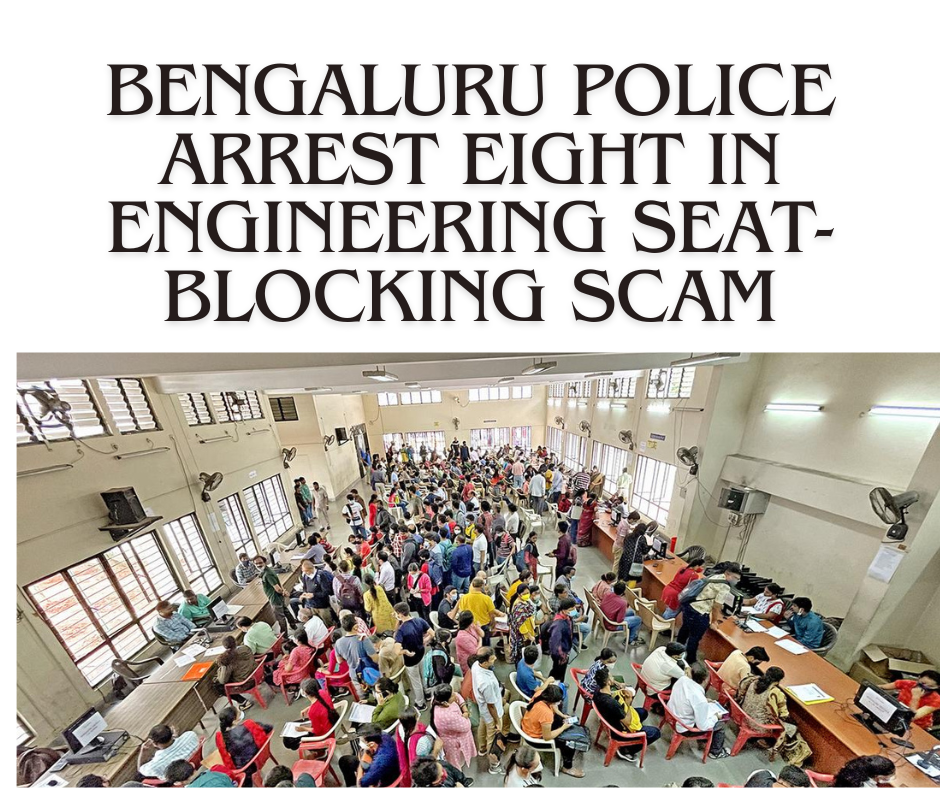
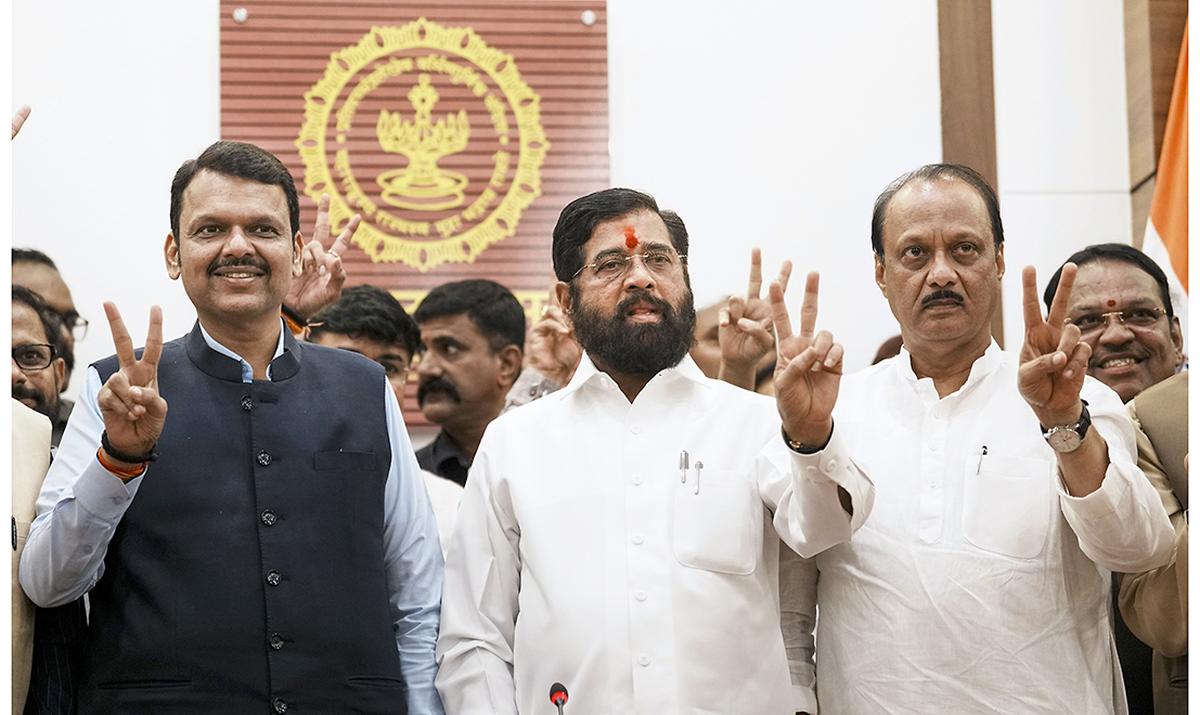

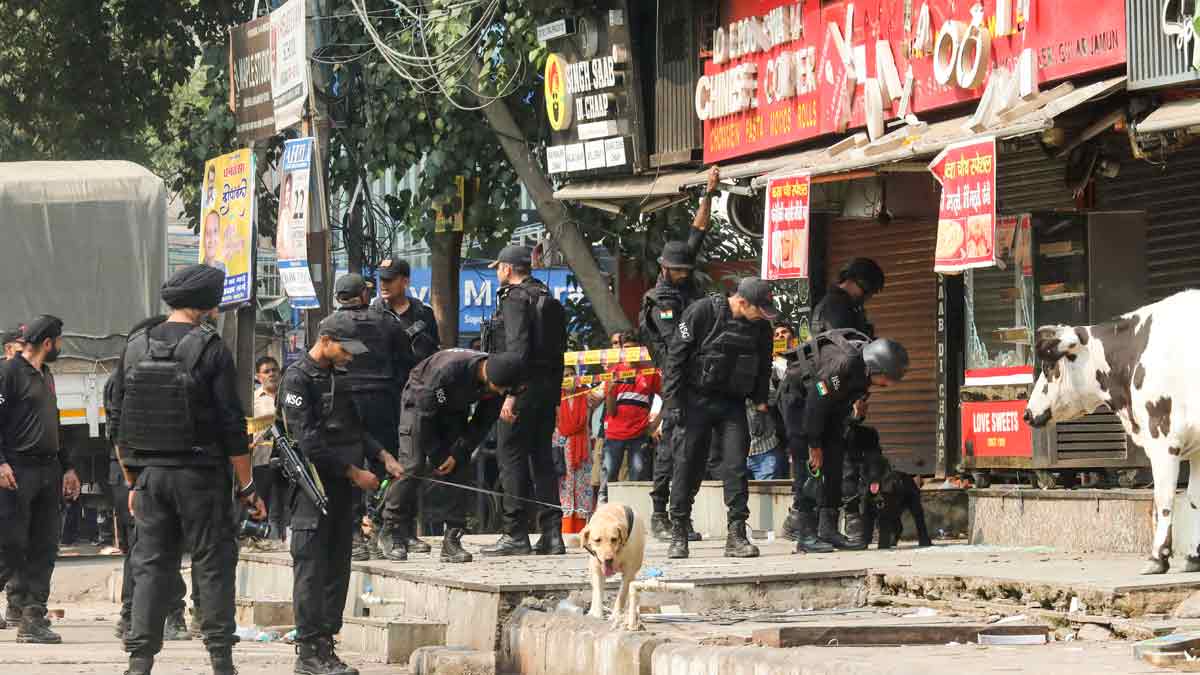


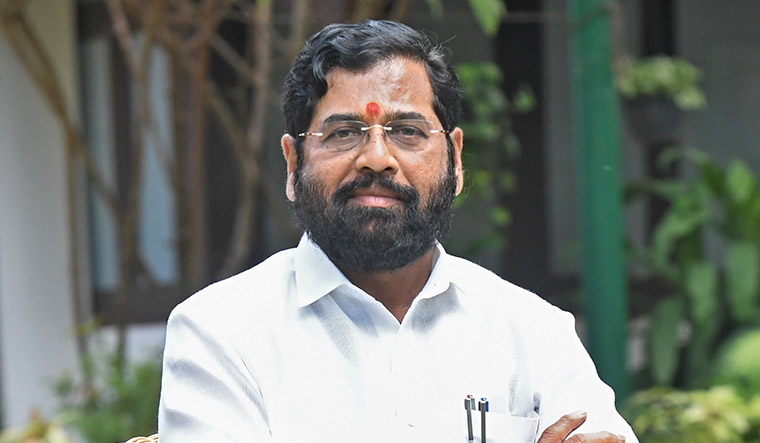
.png)
 (1).png)
